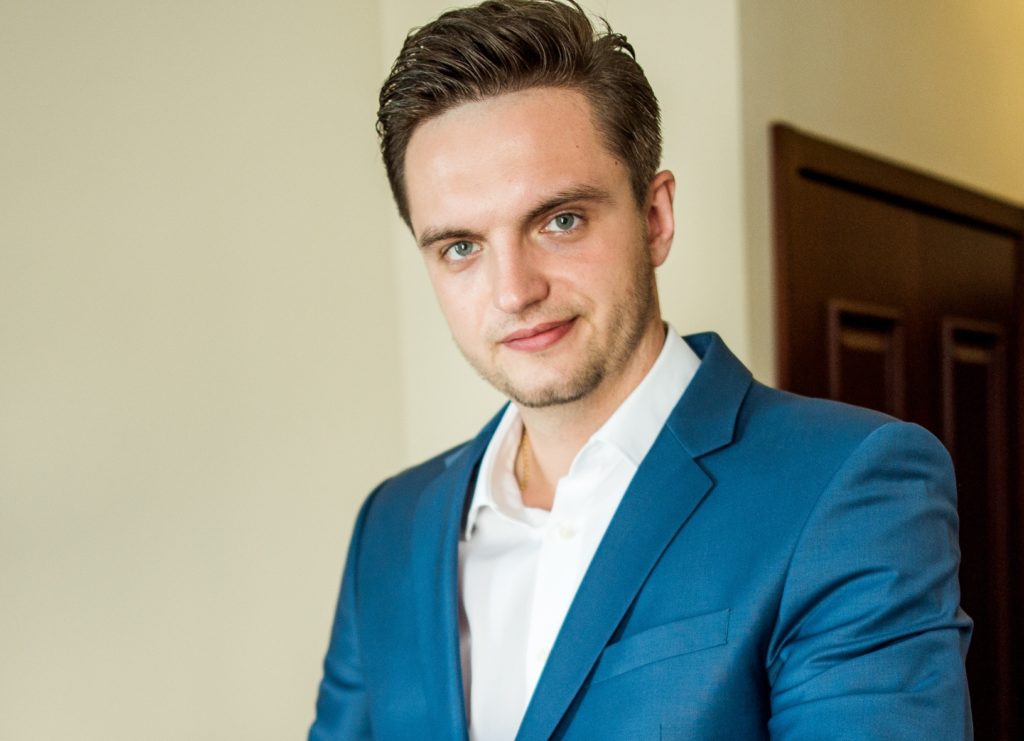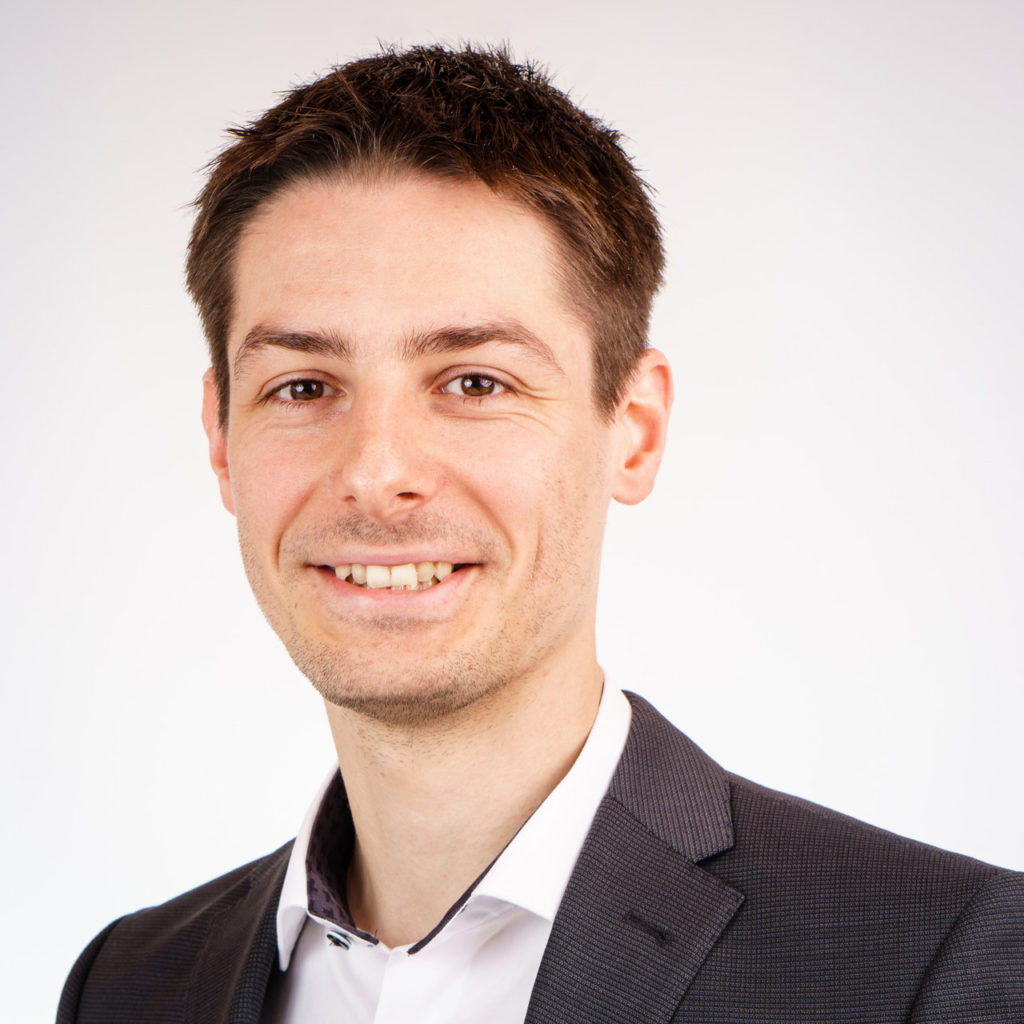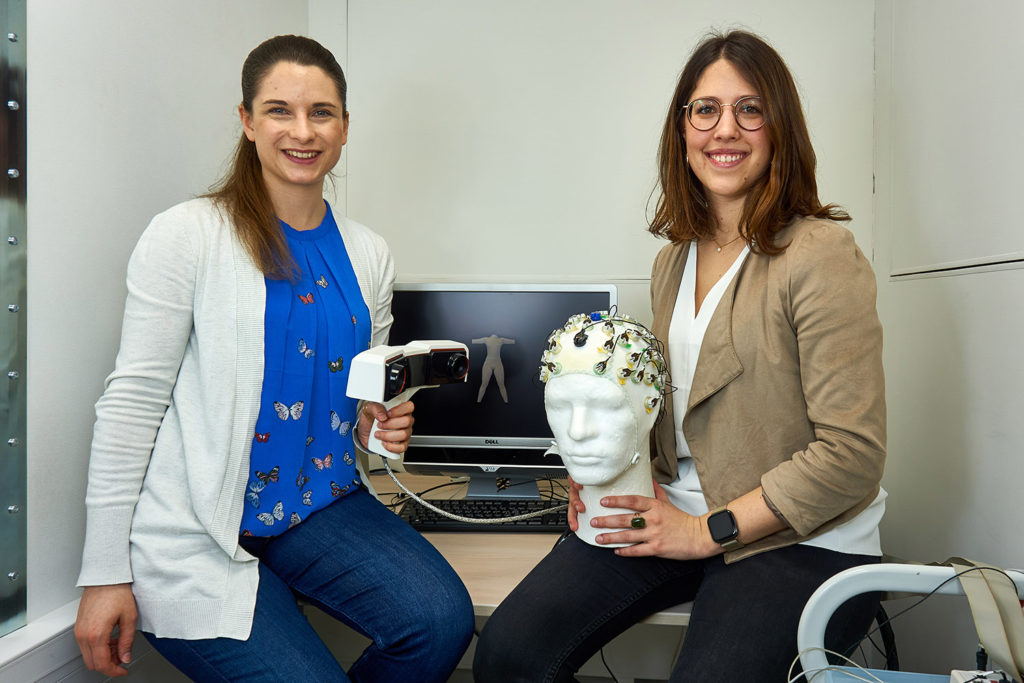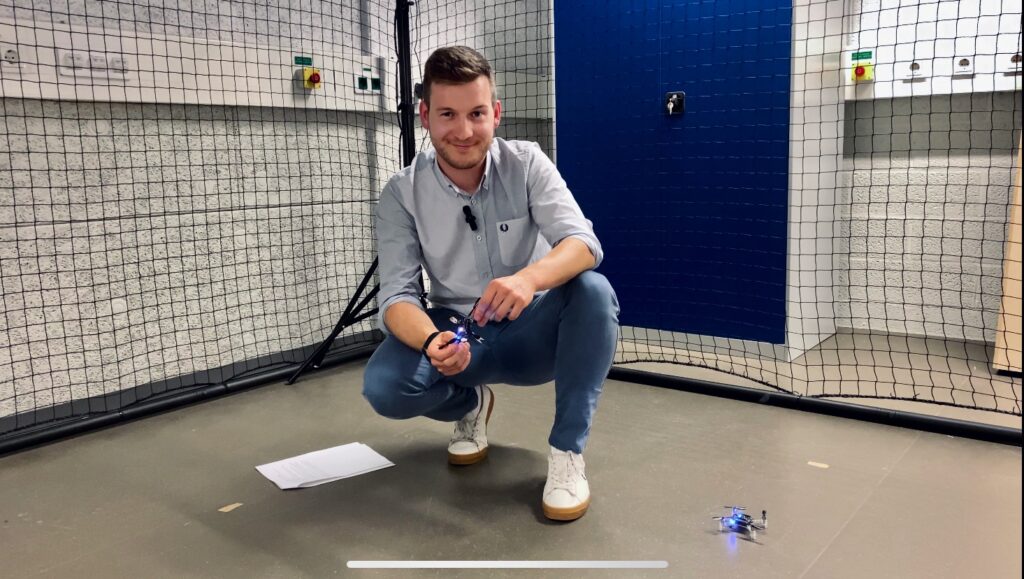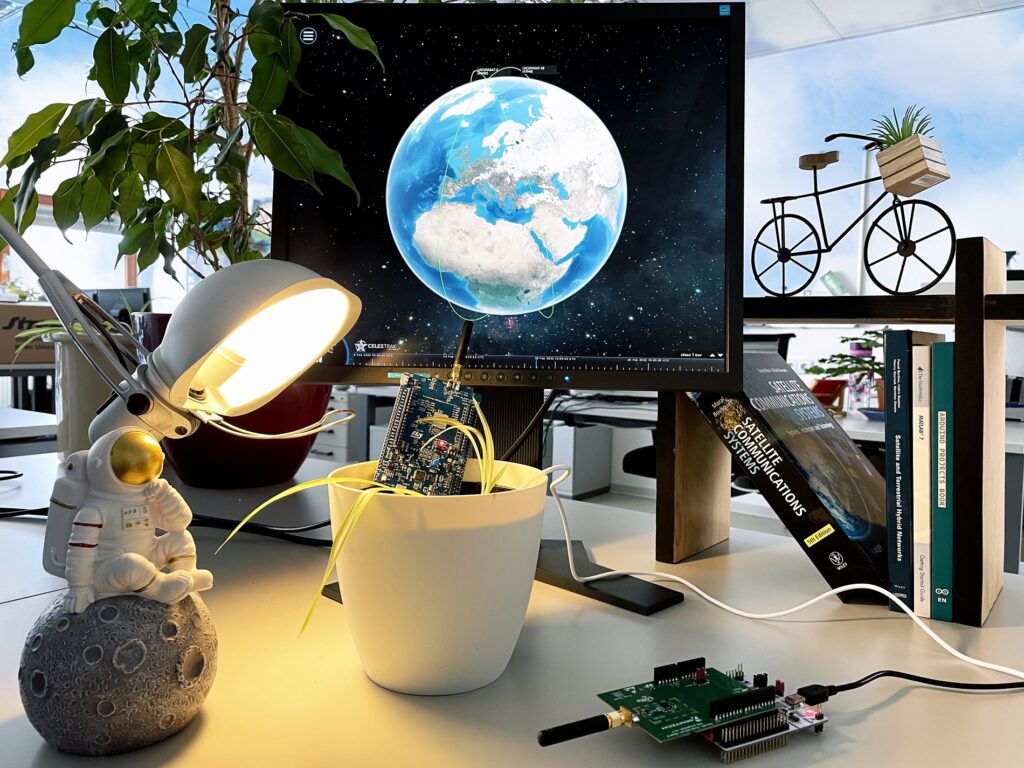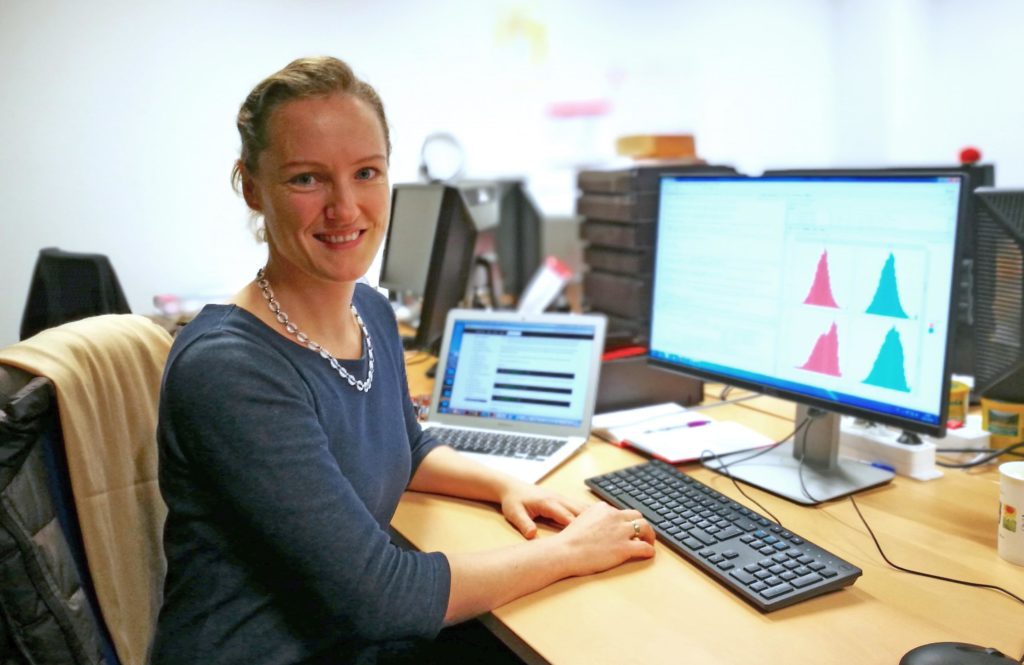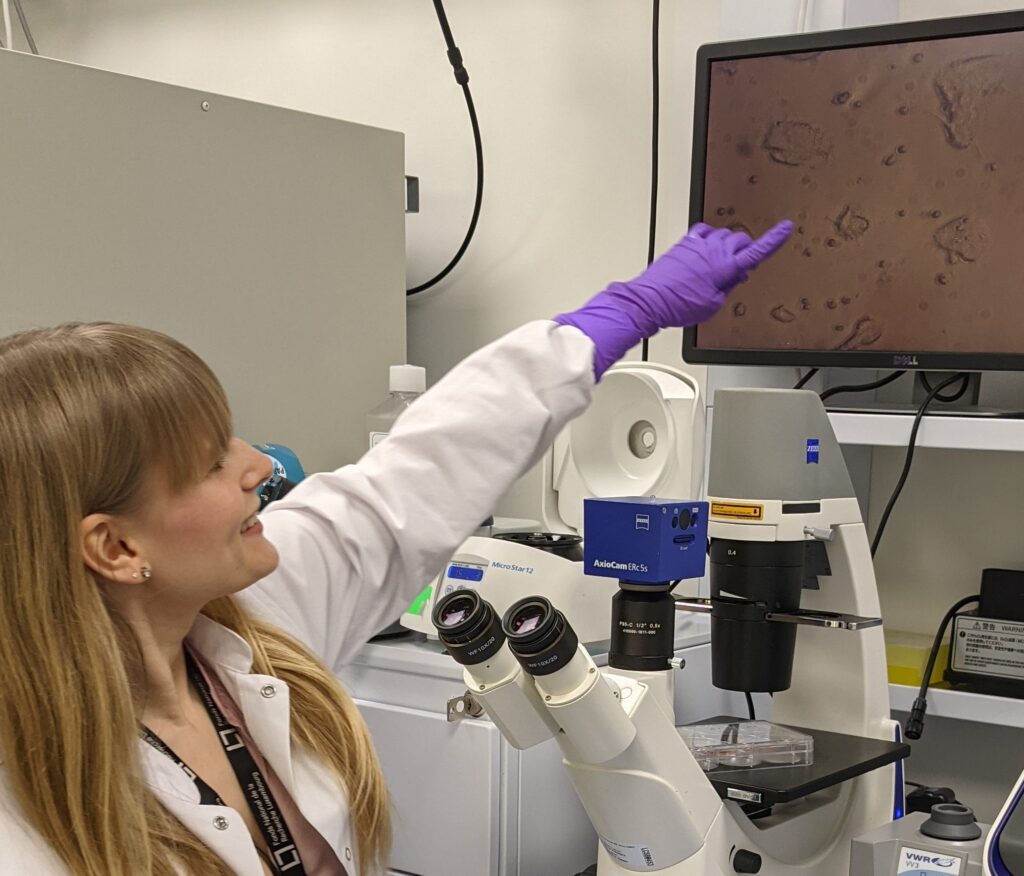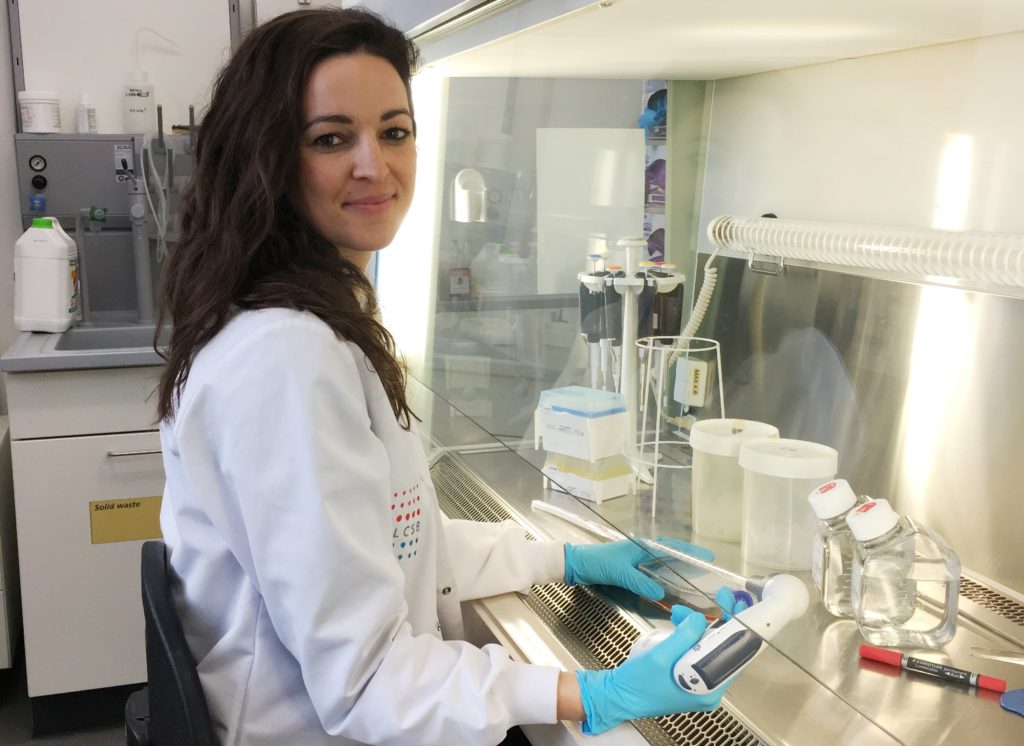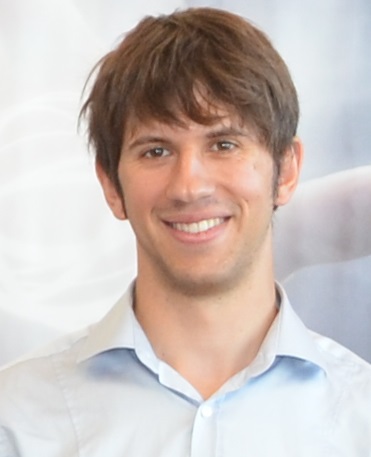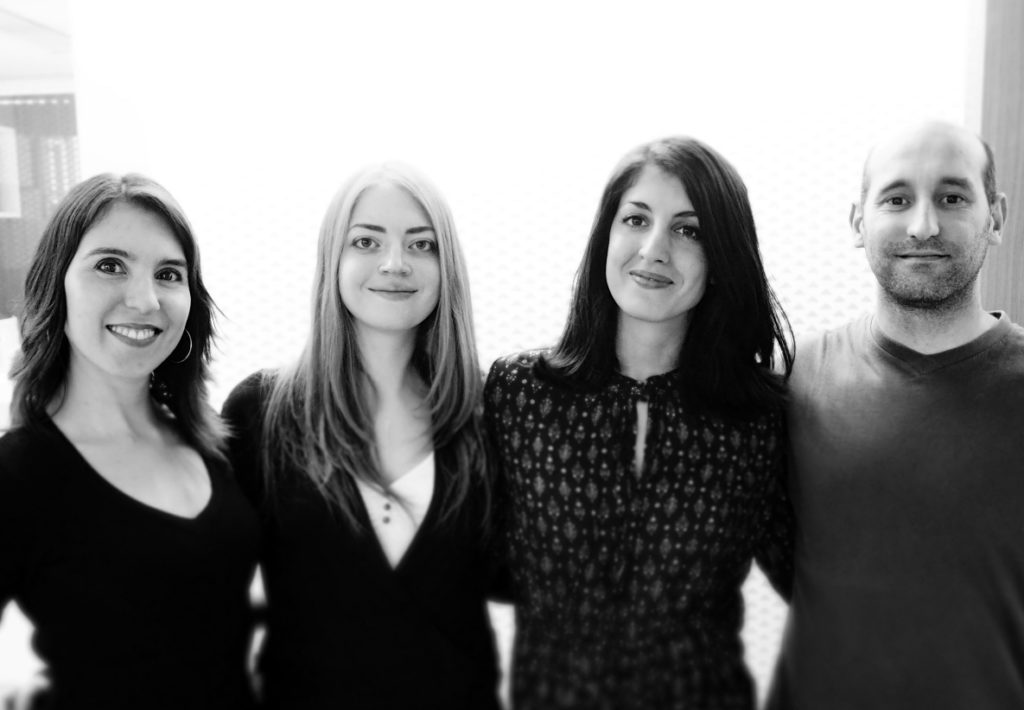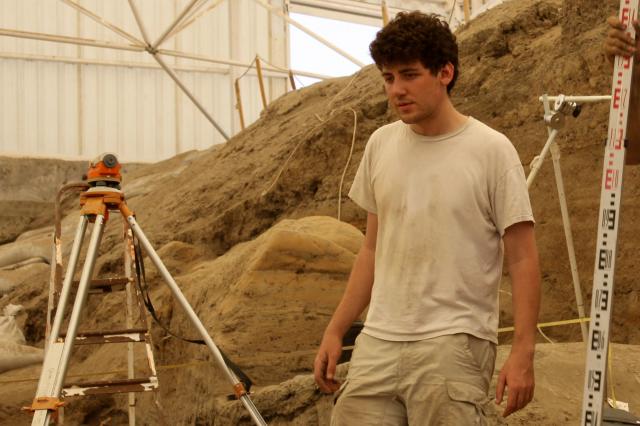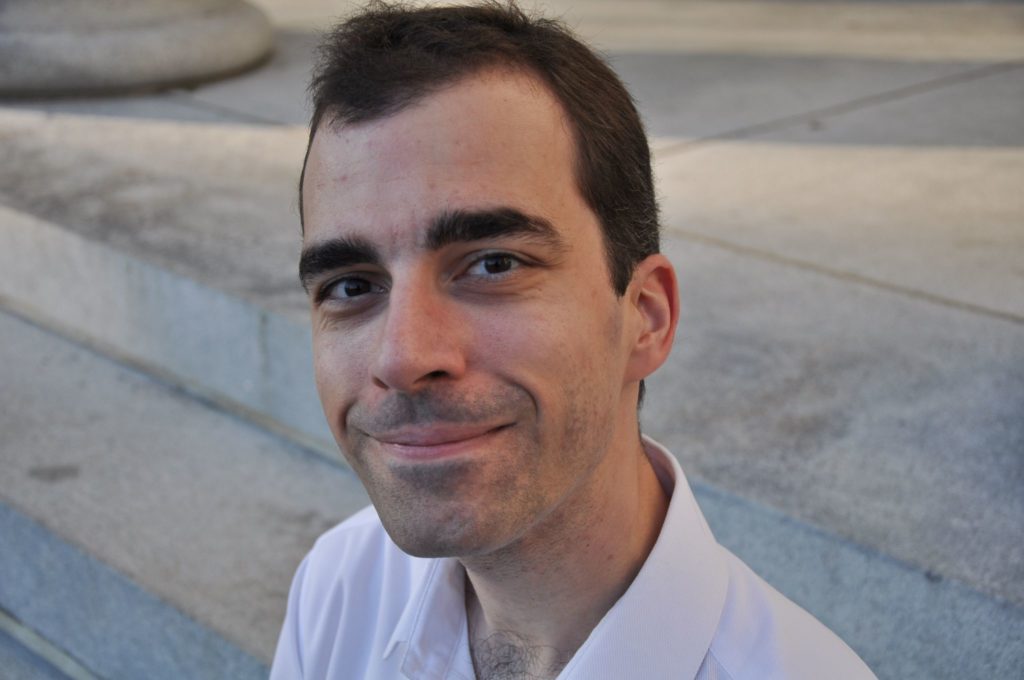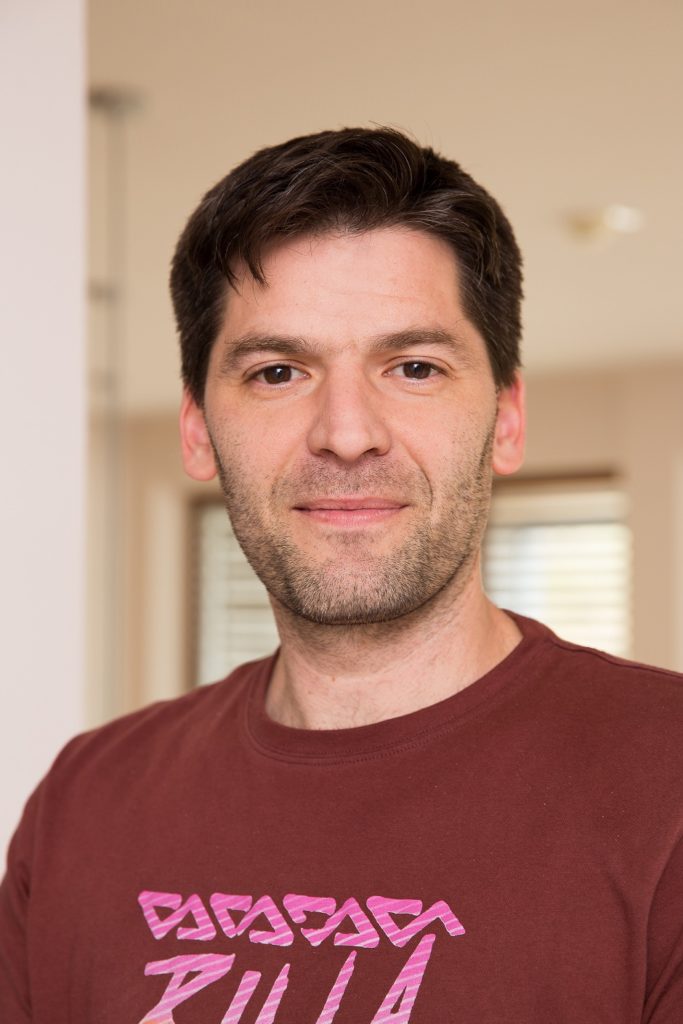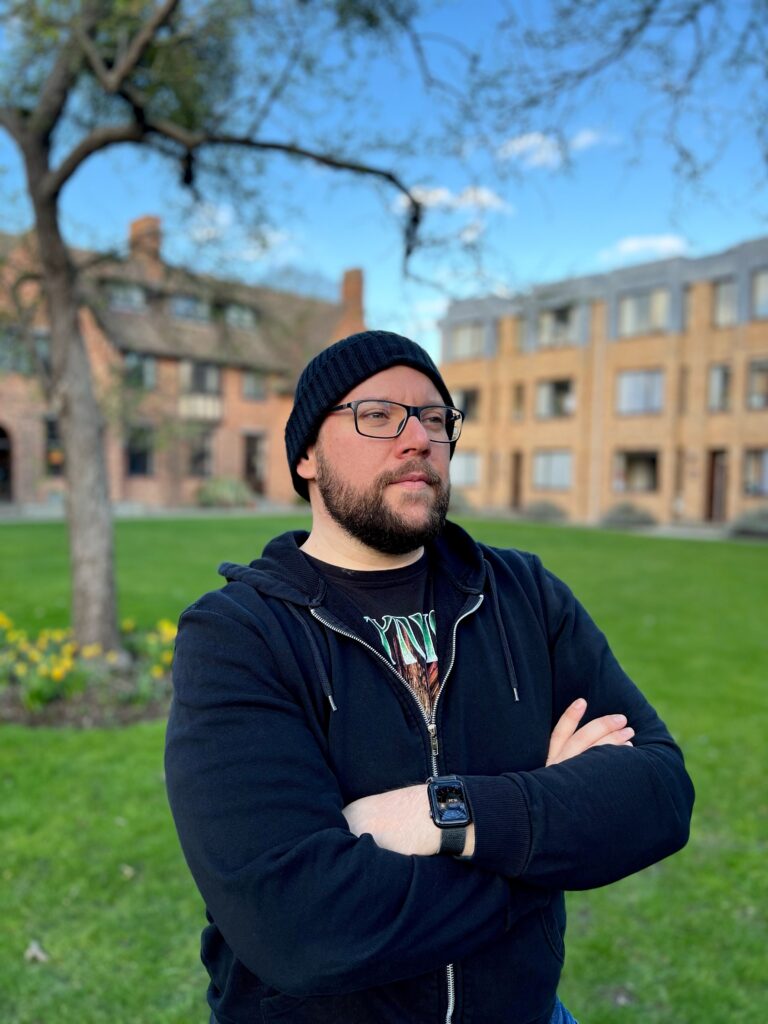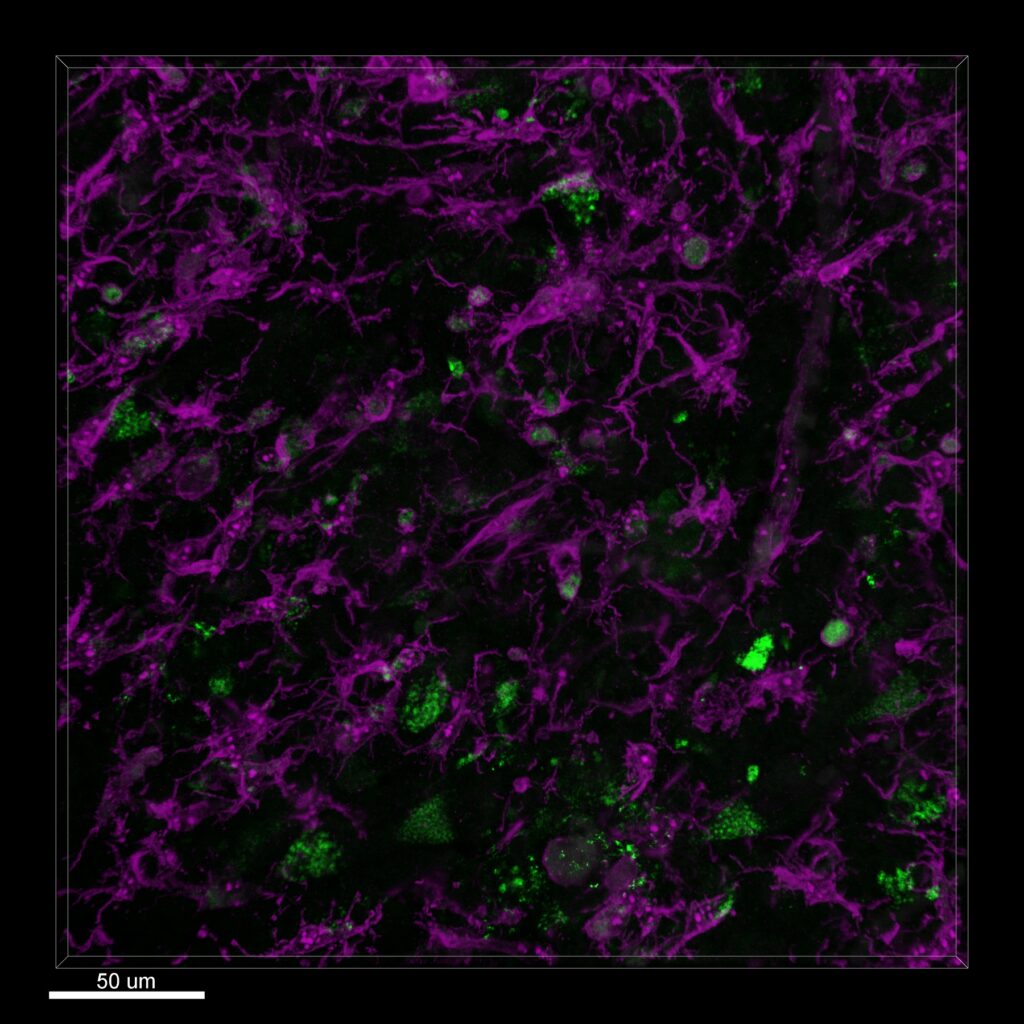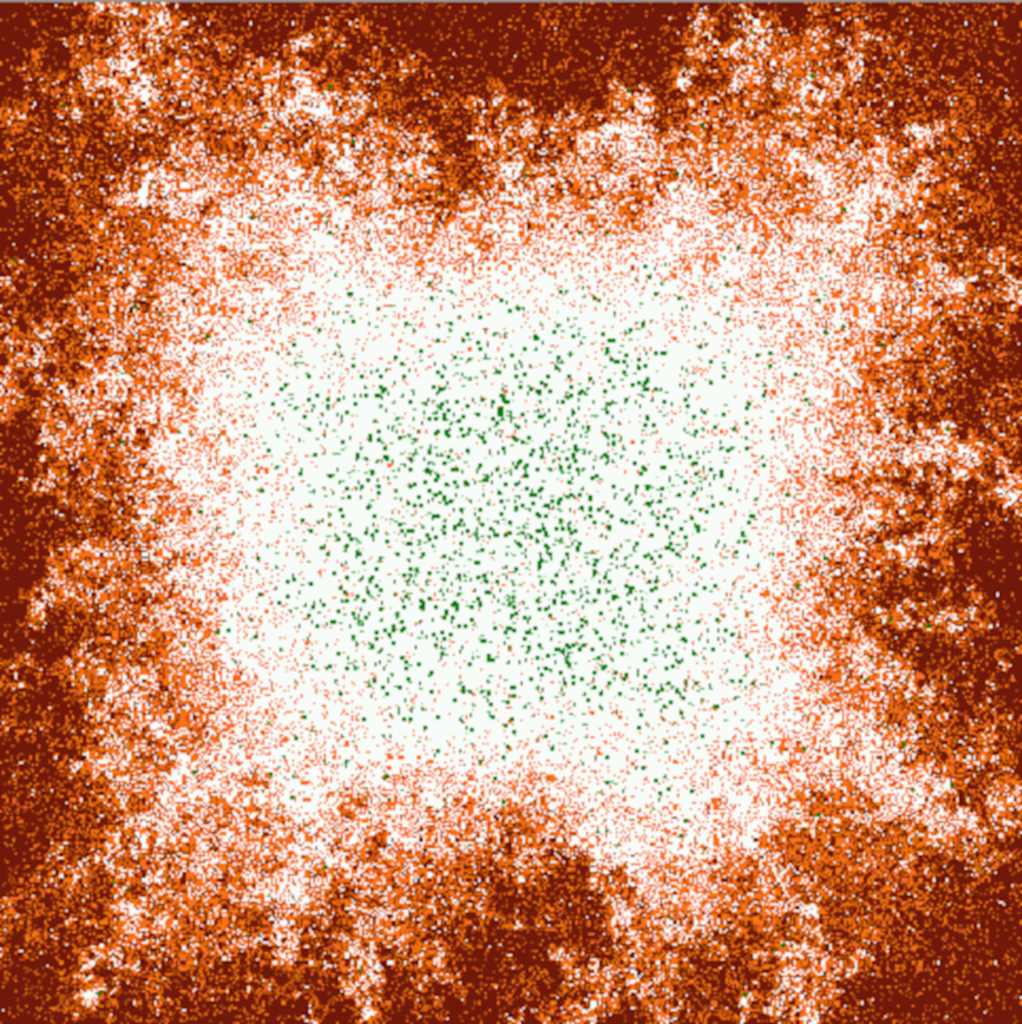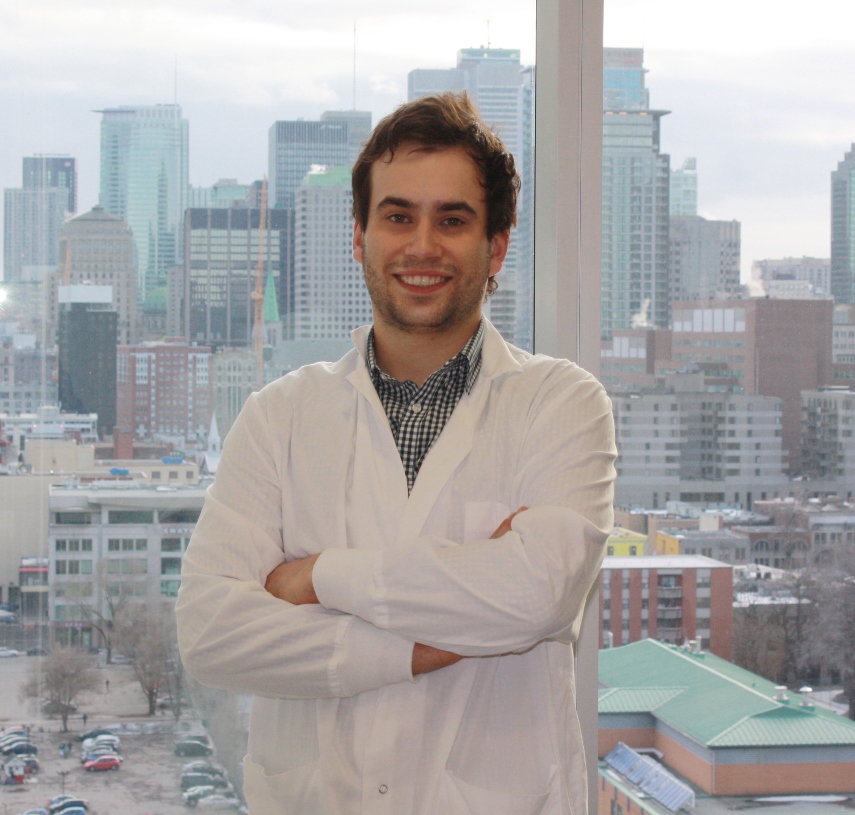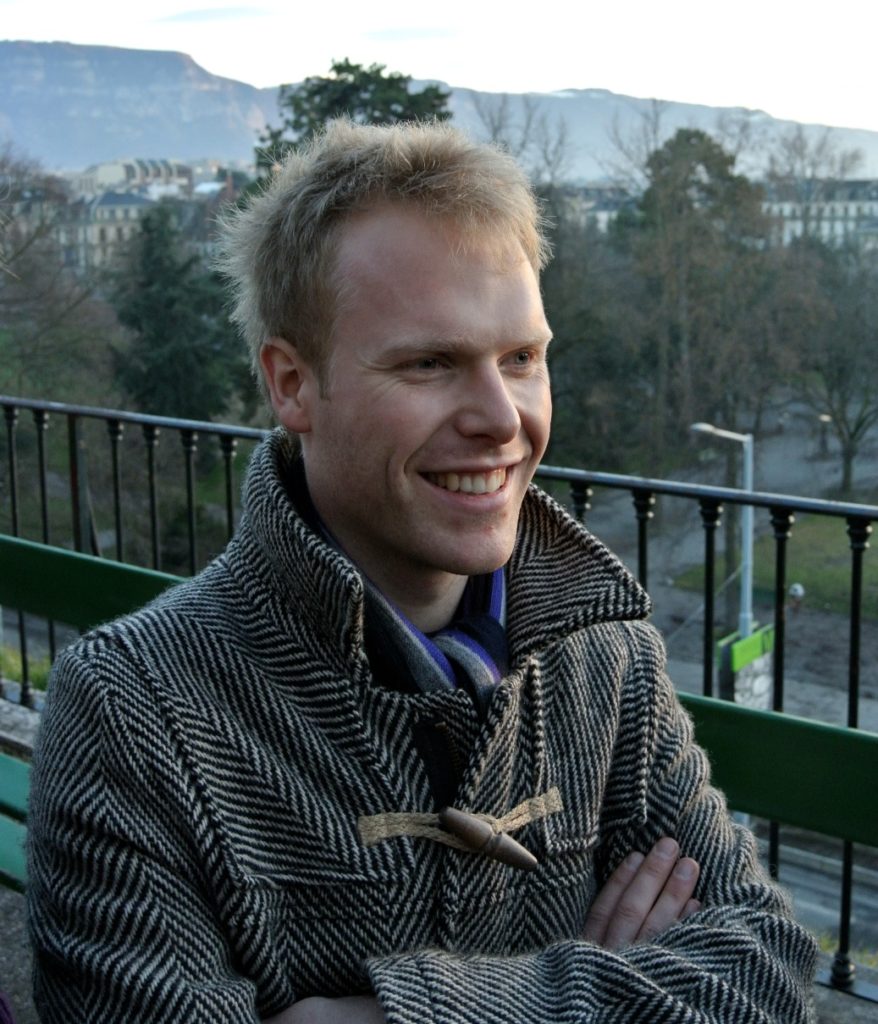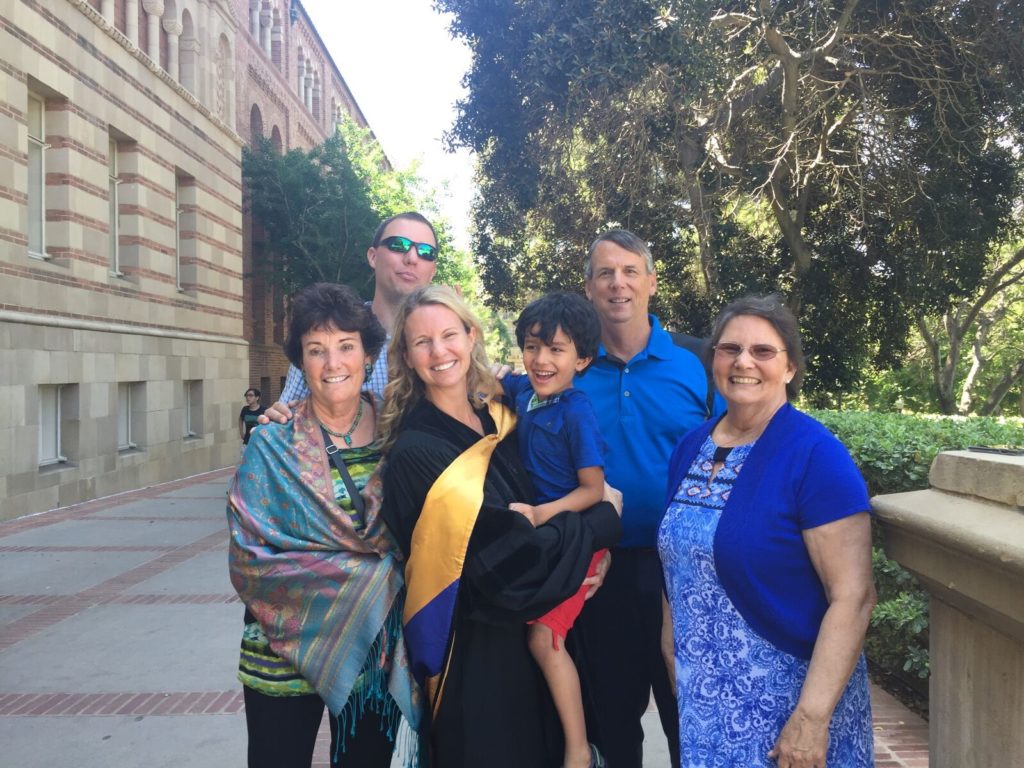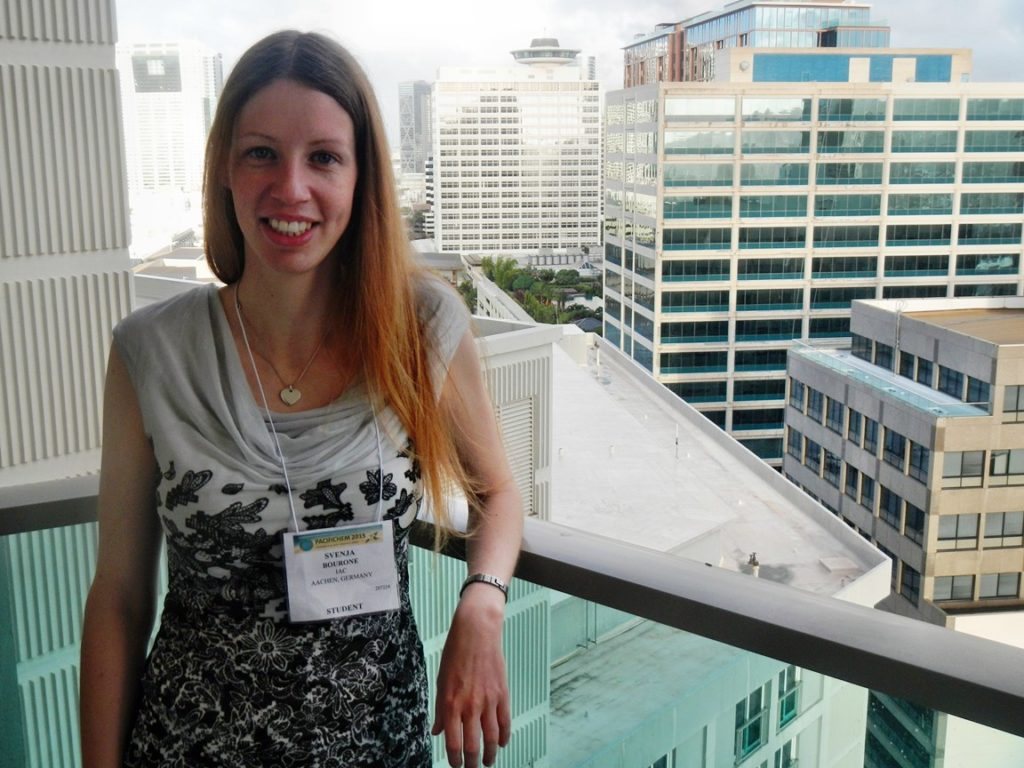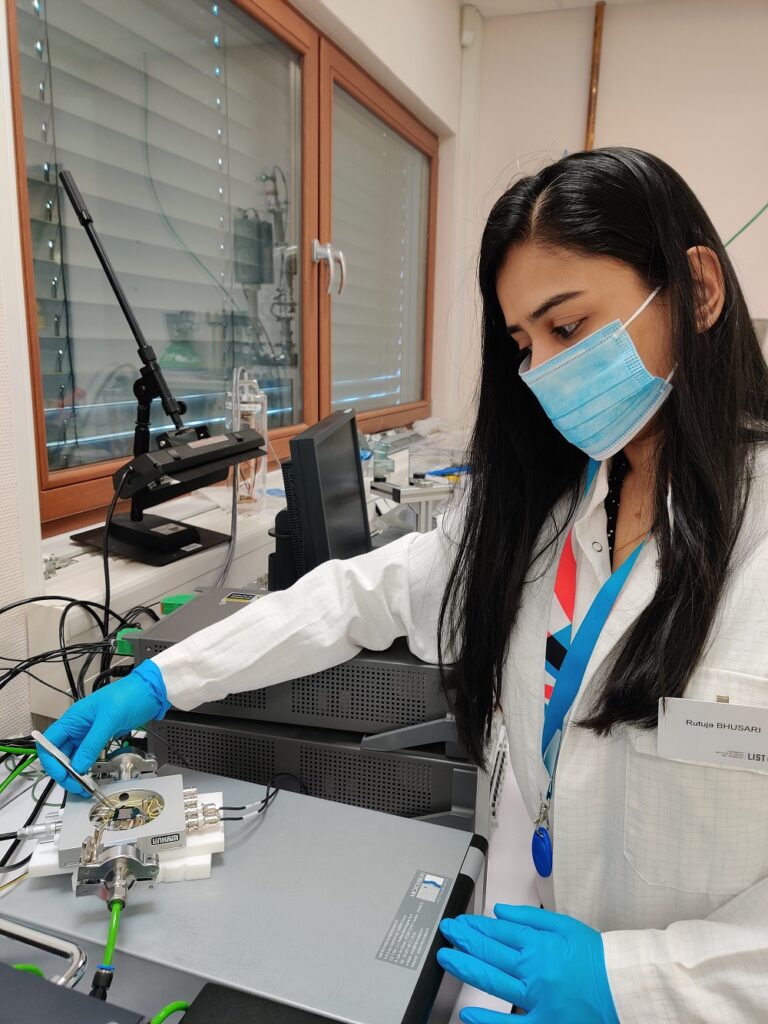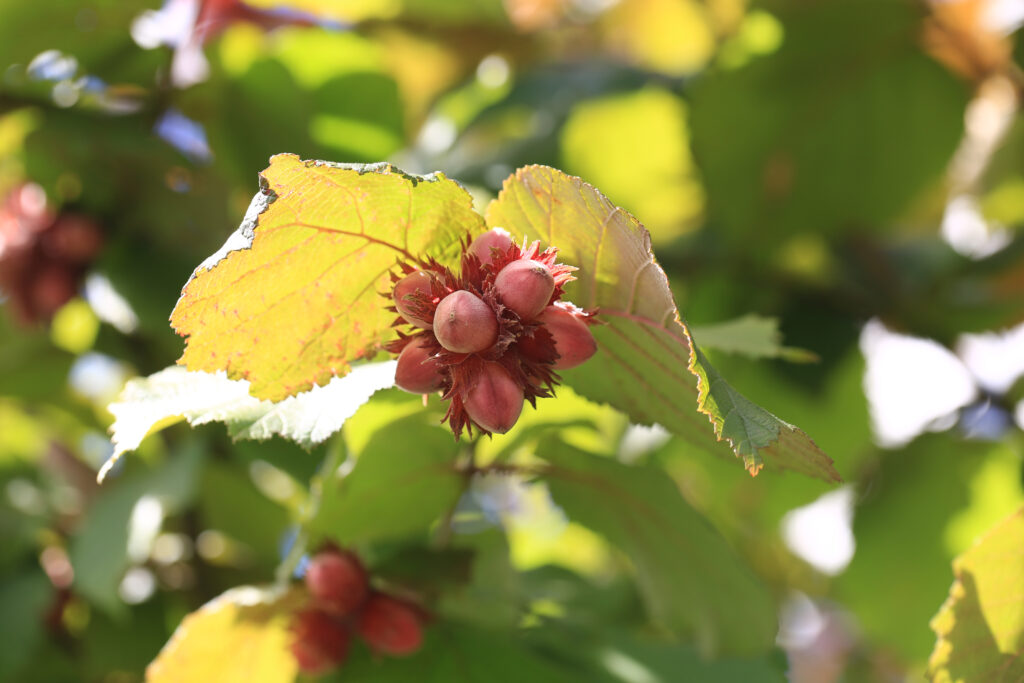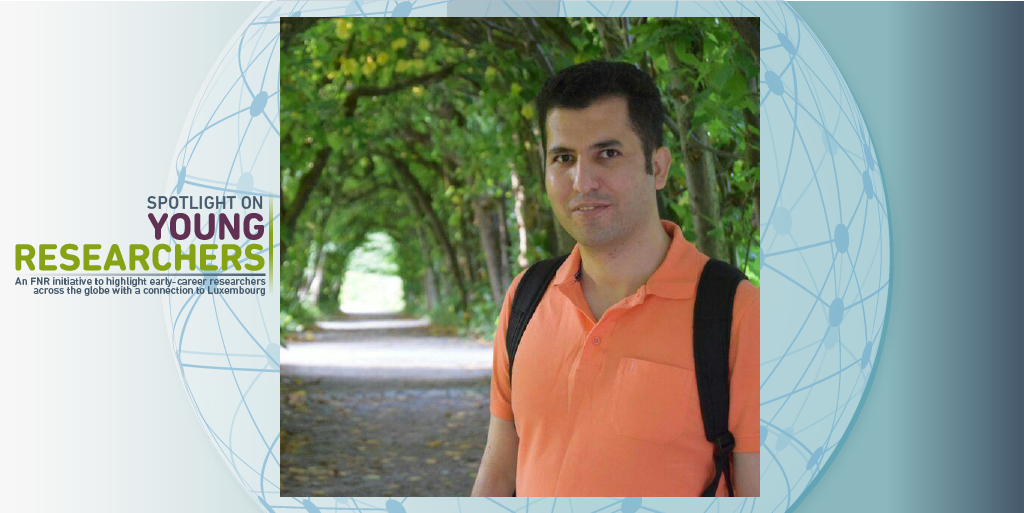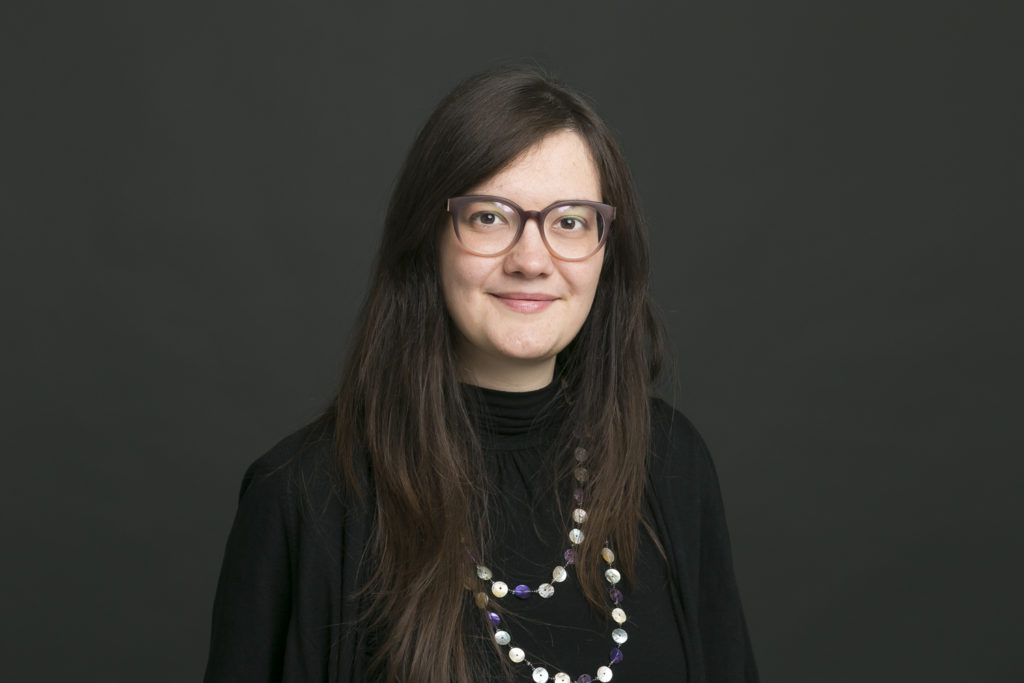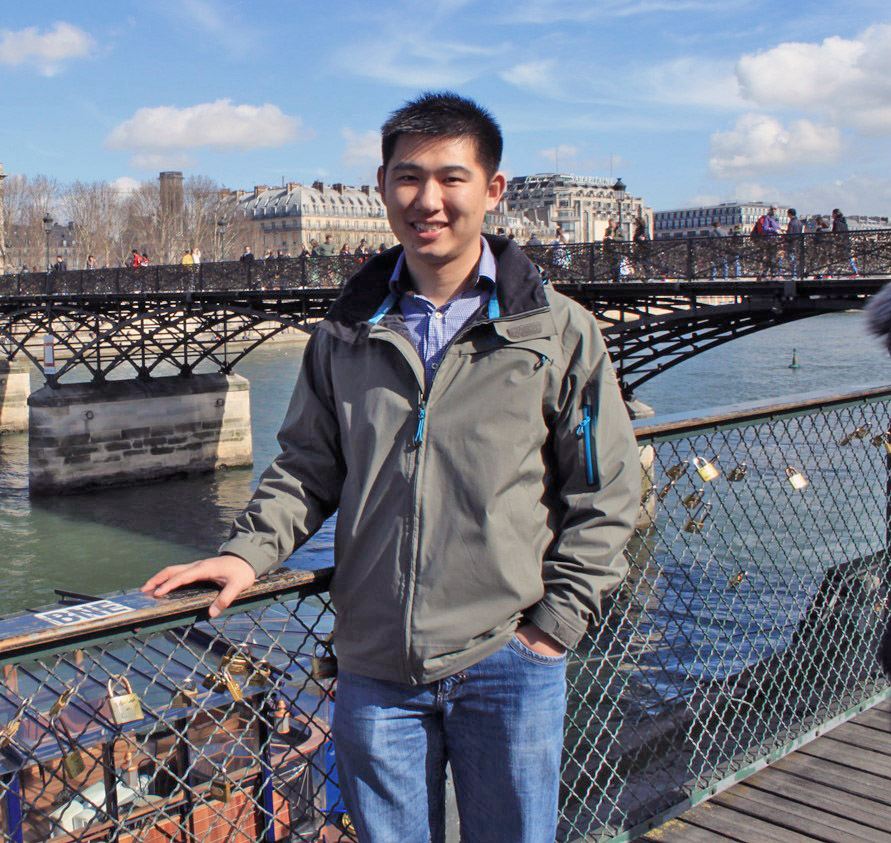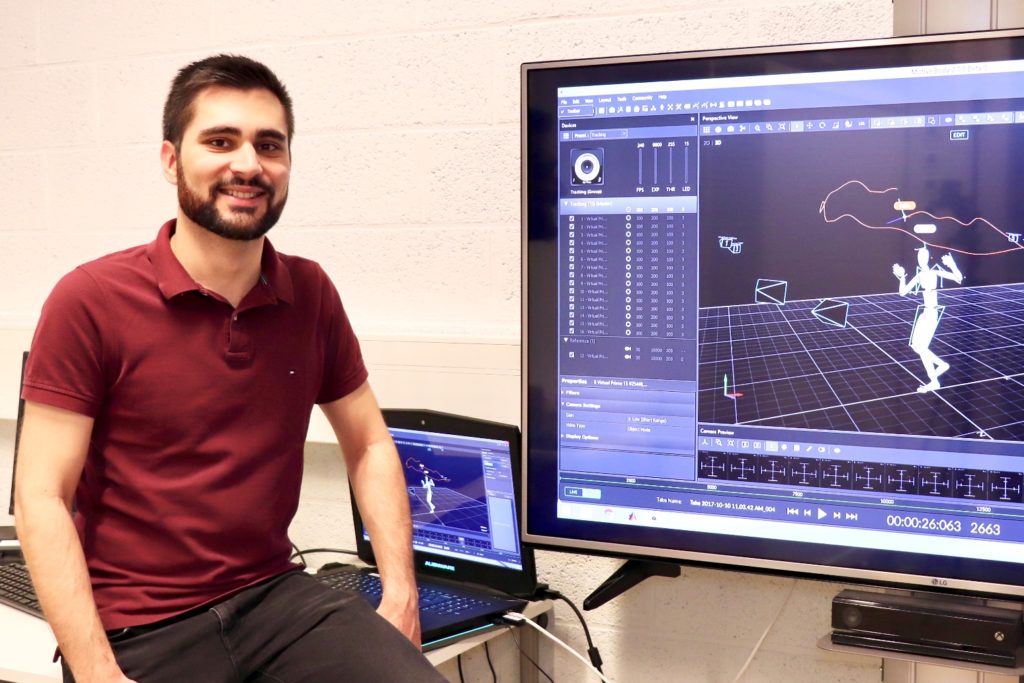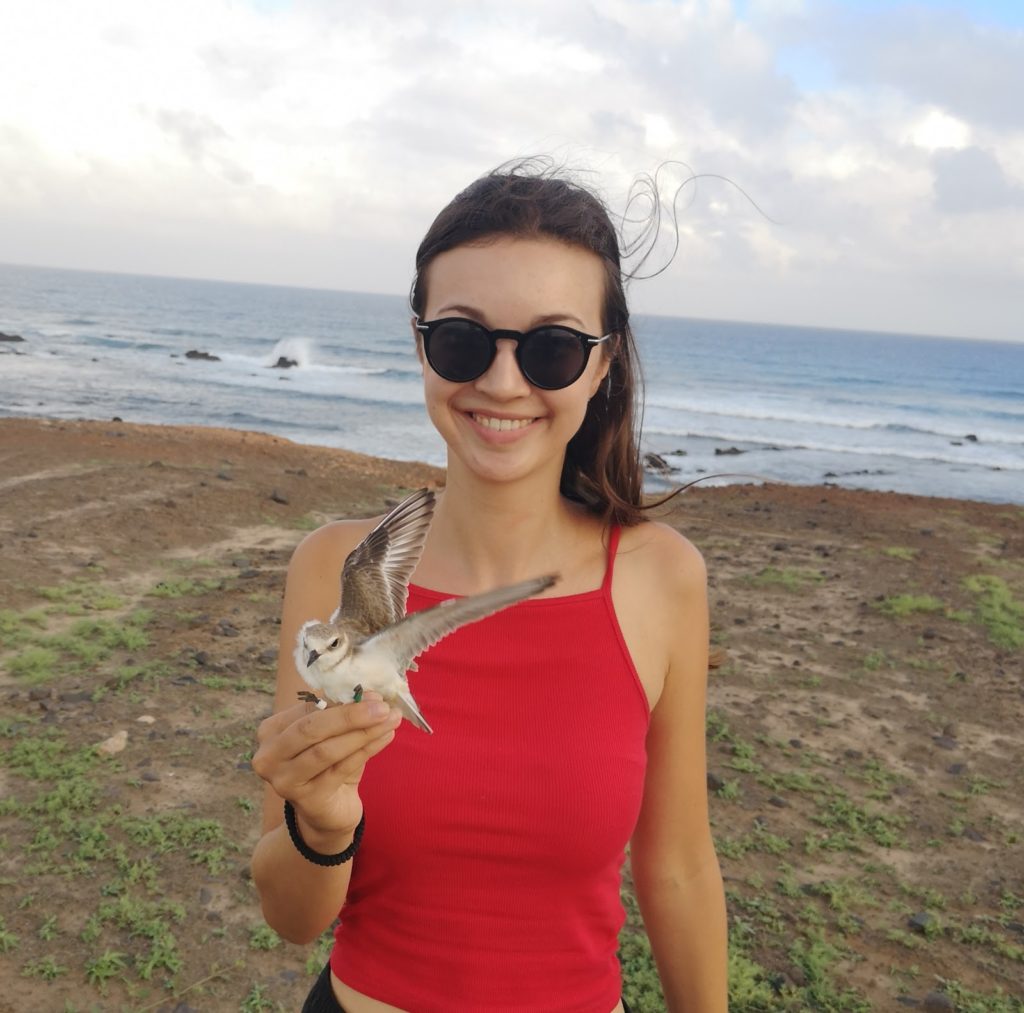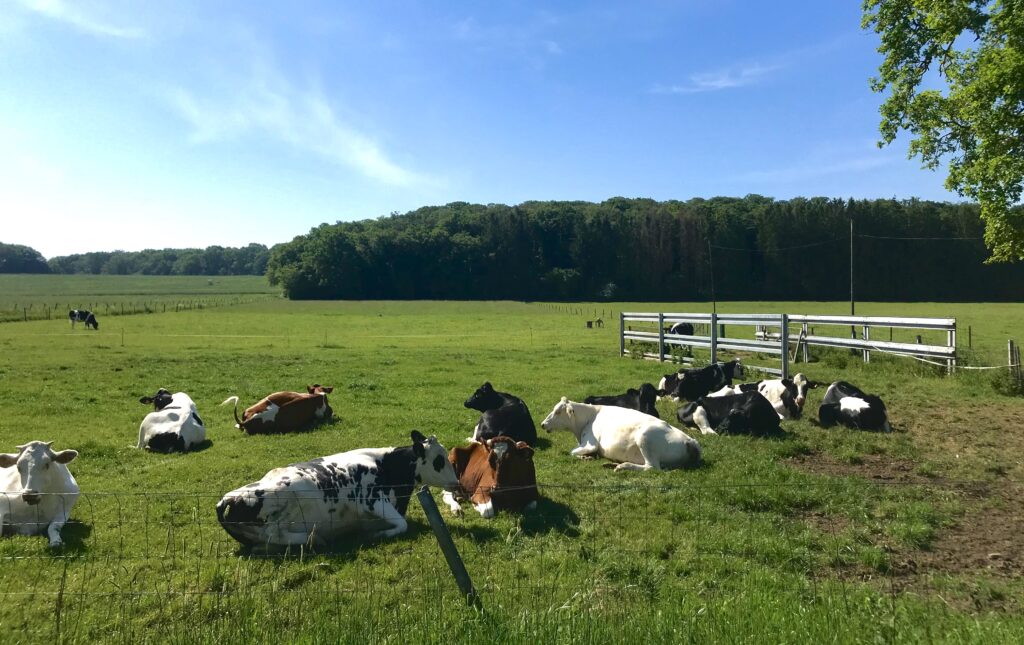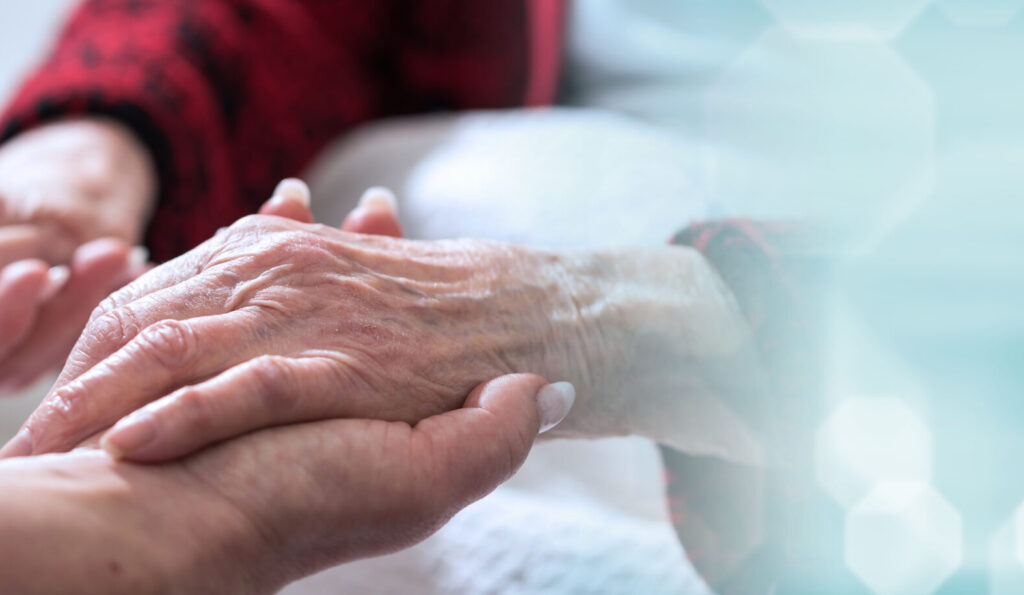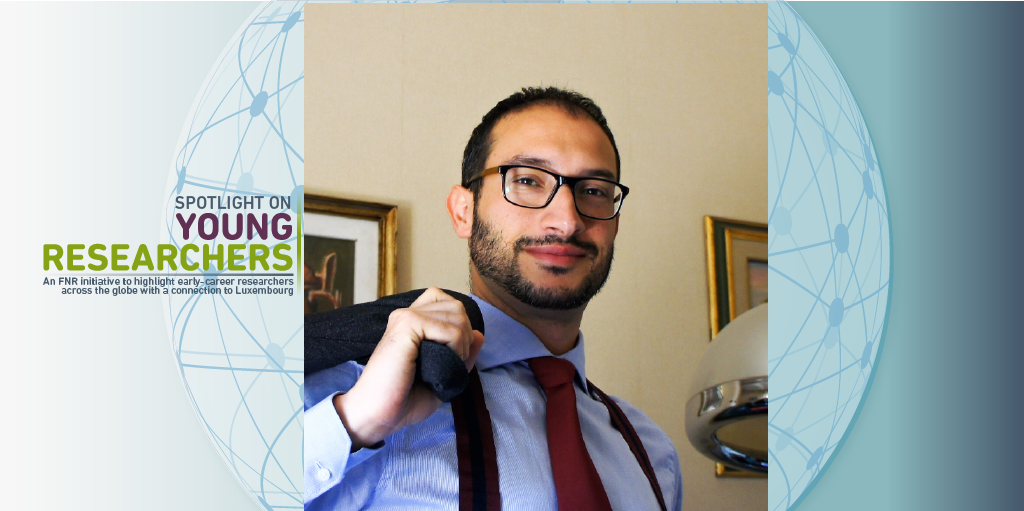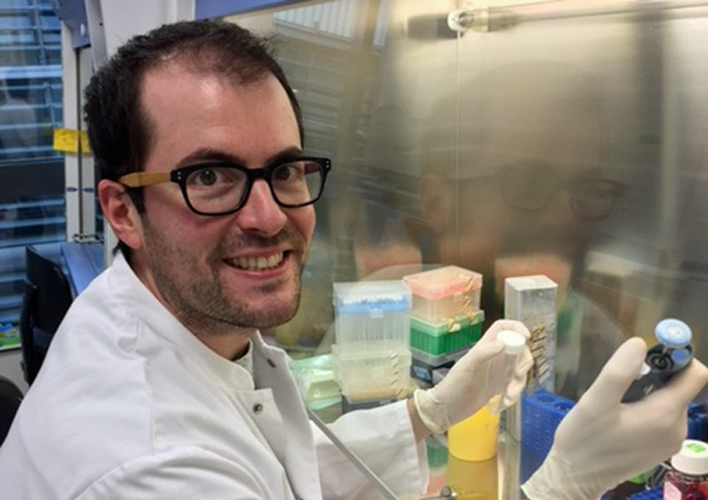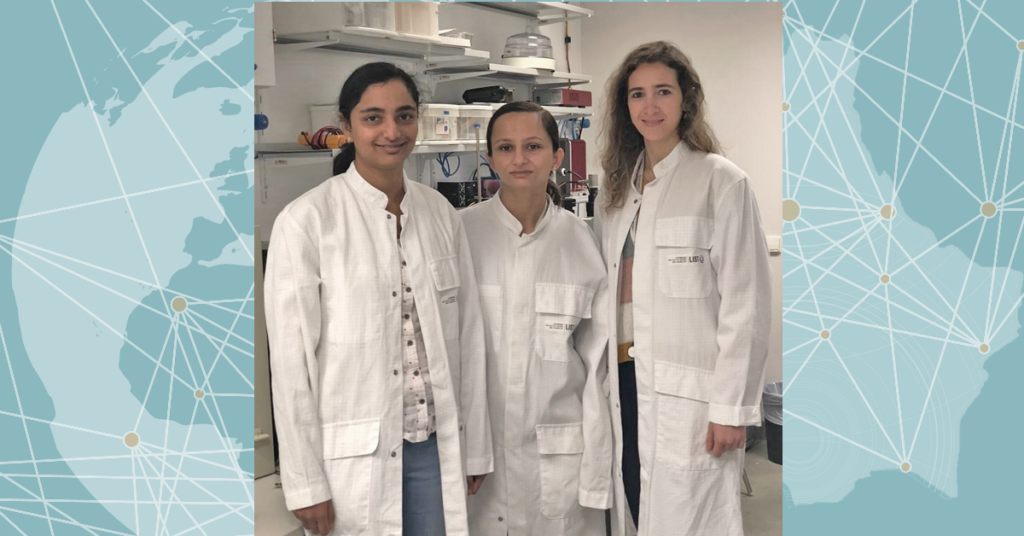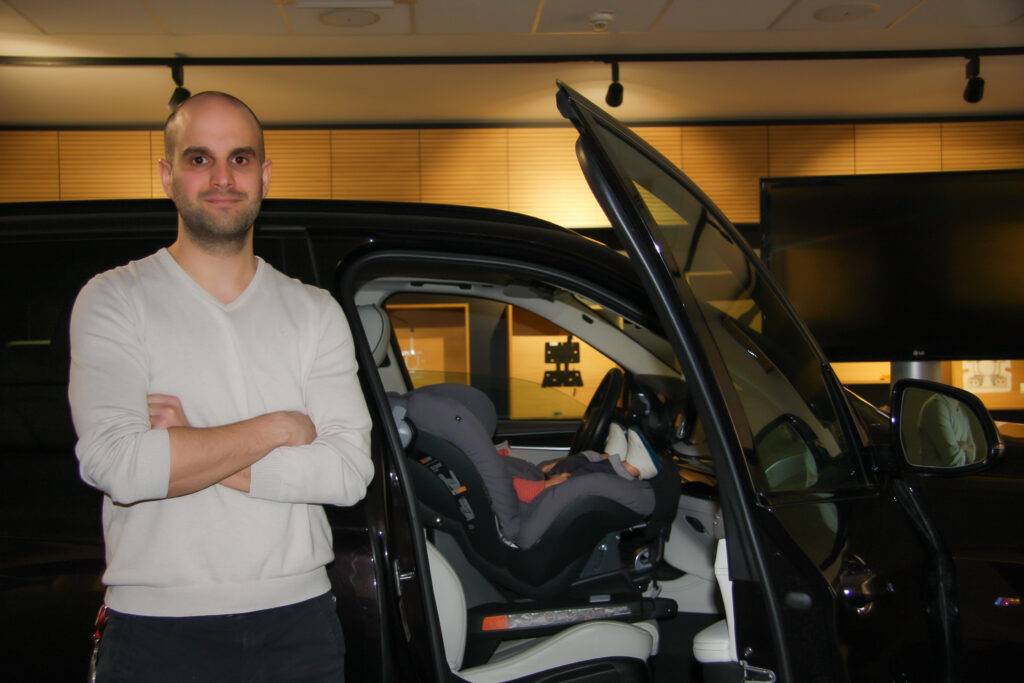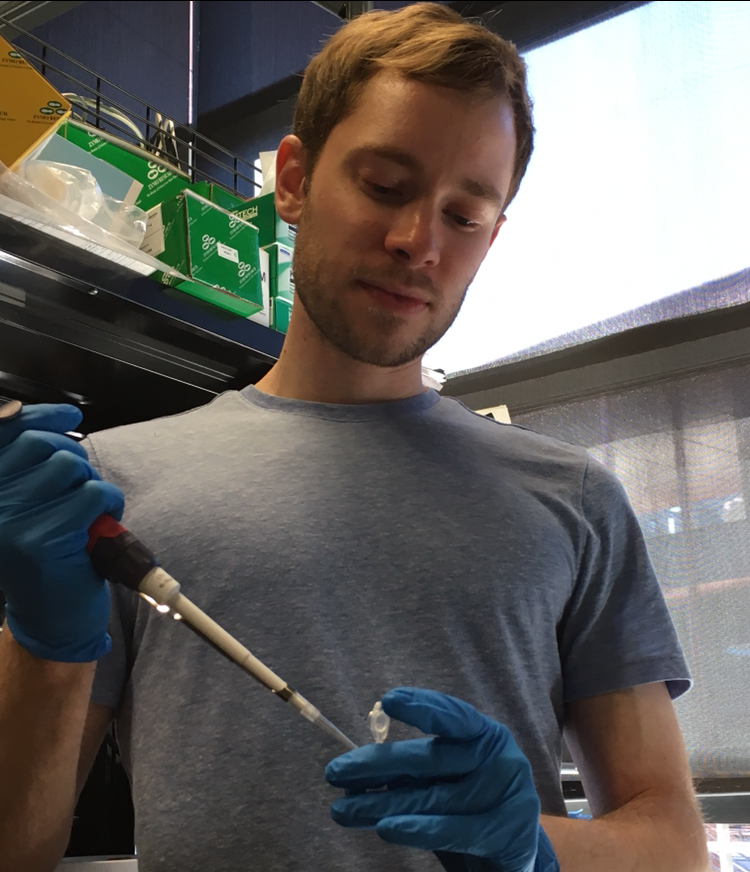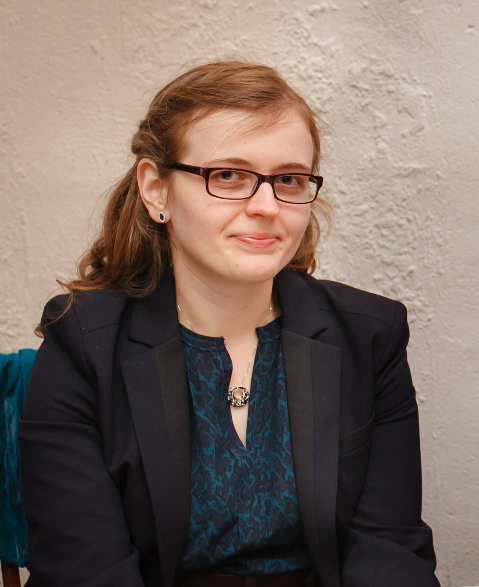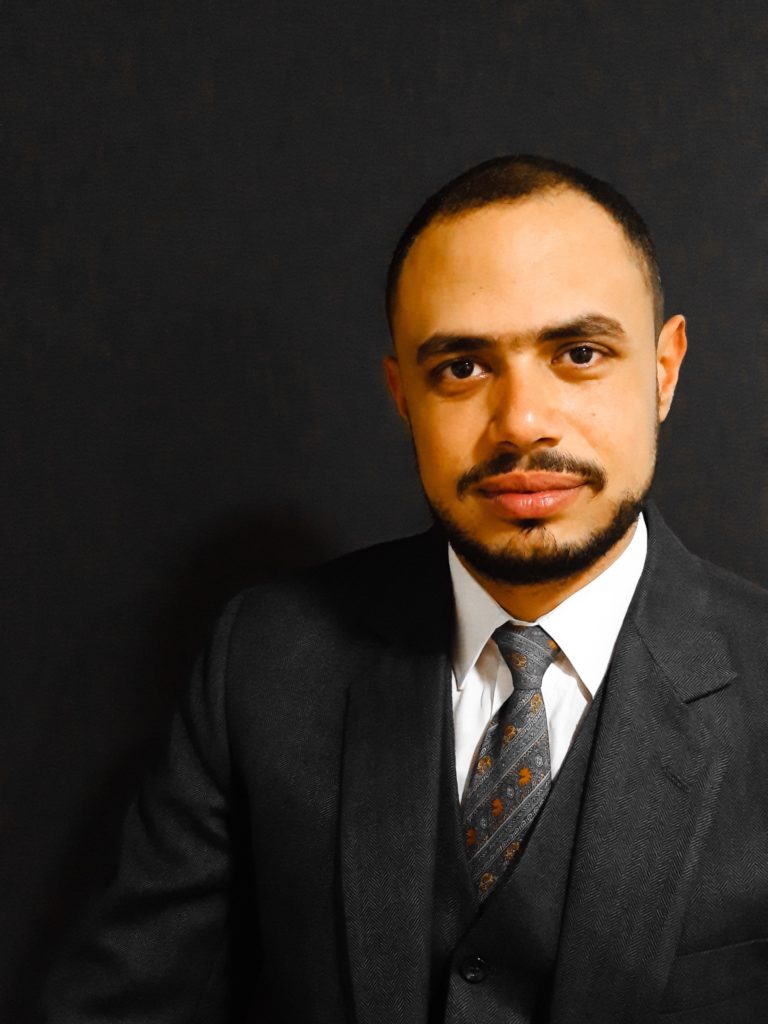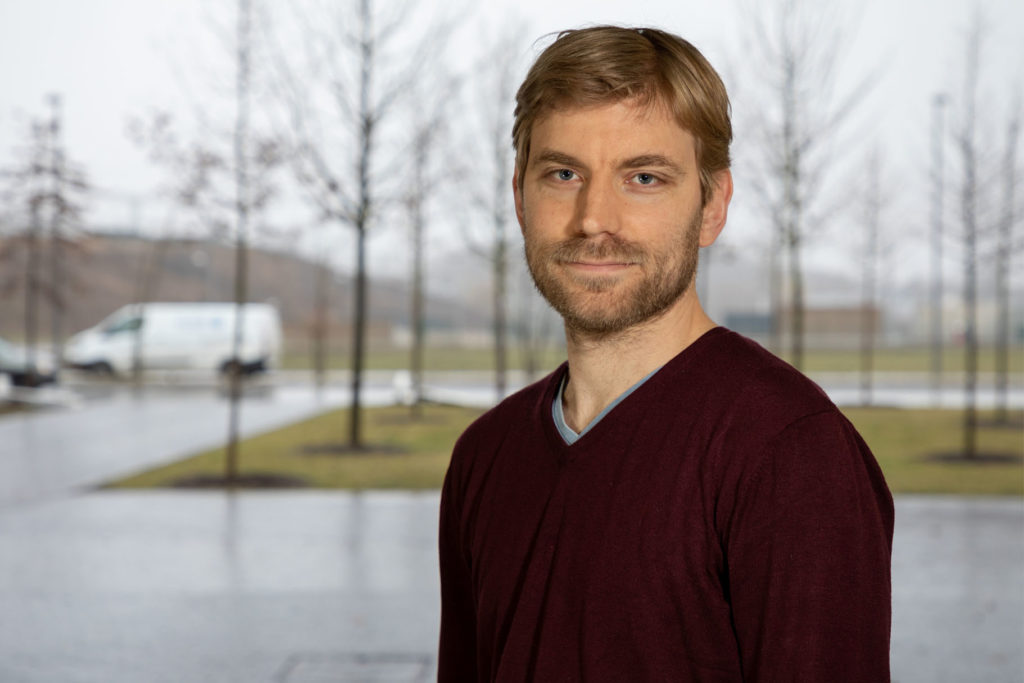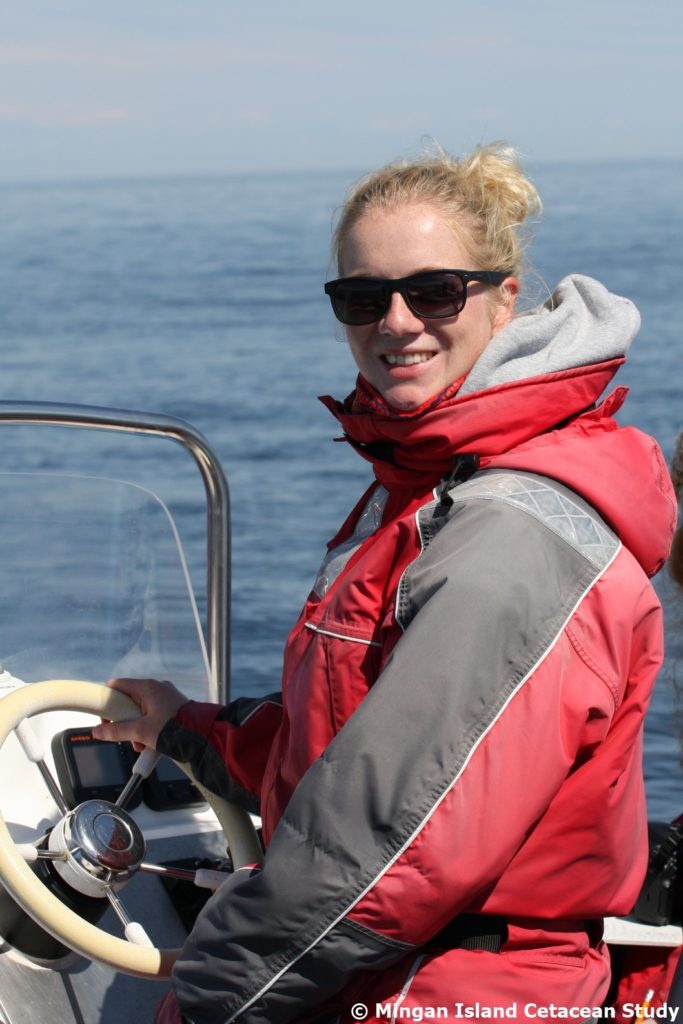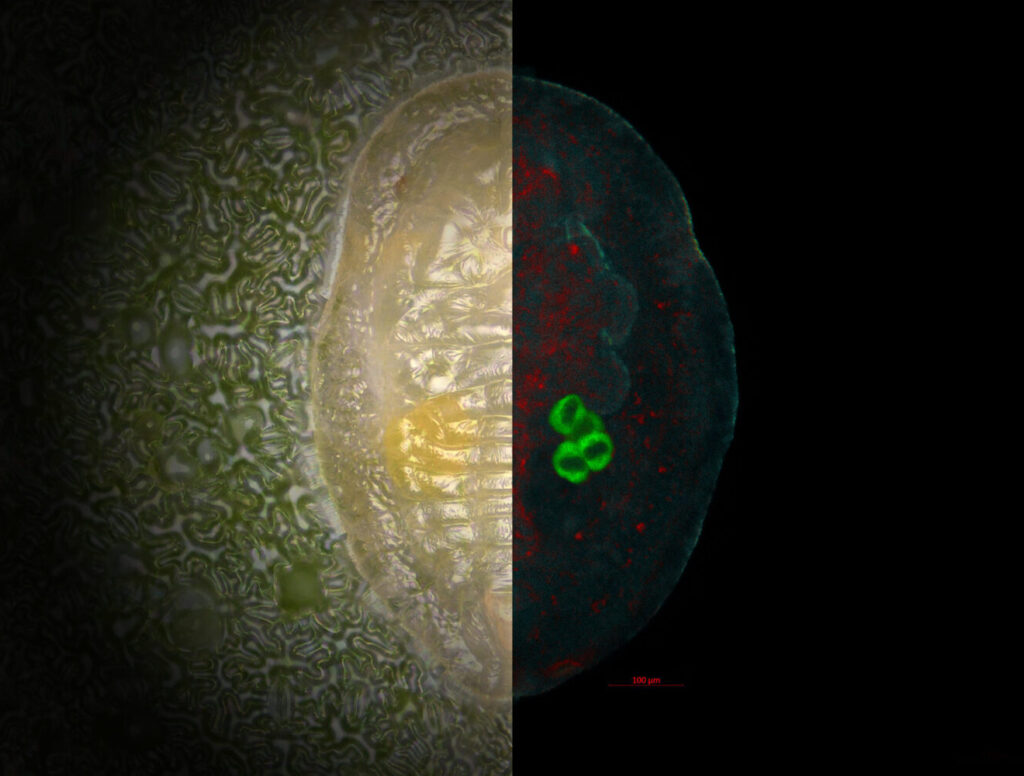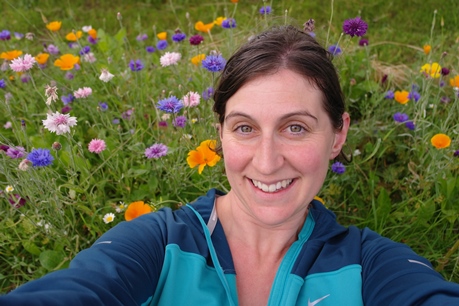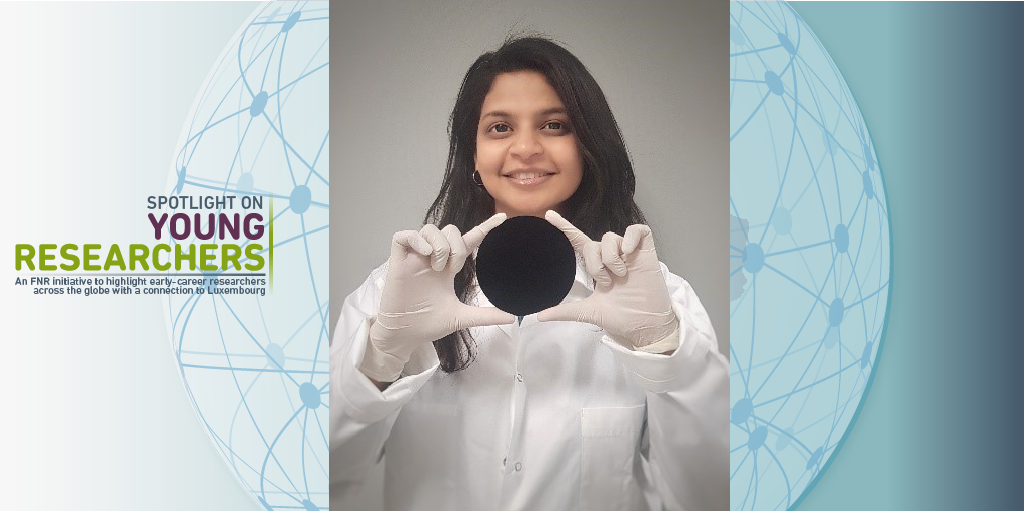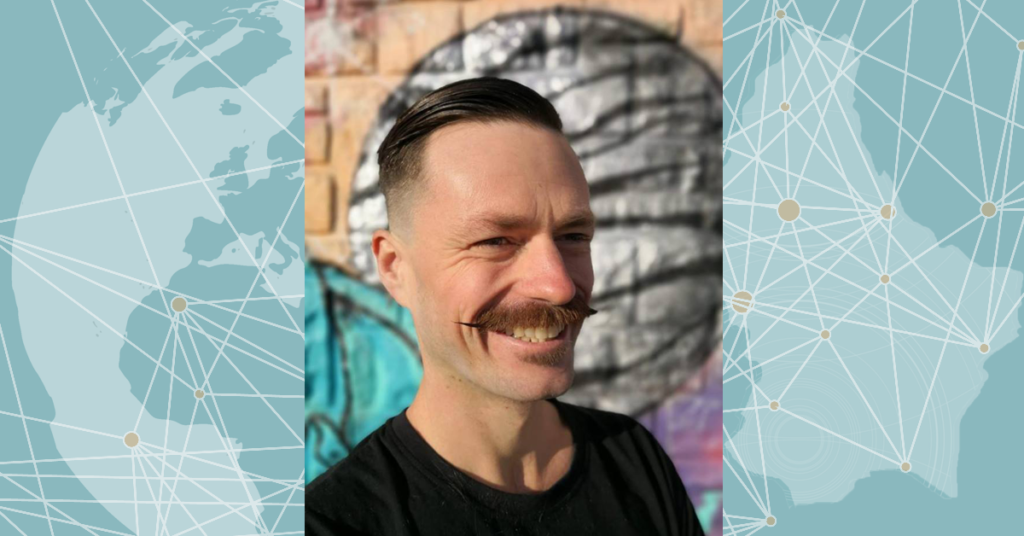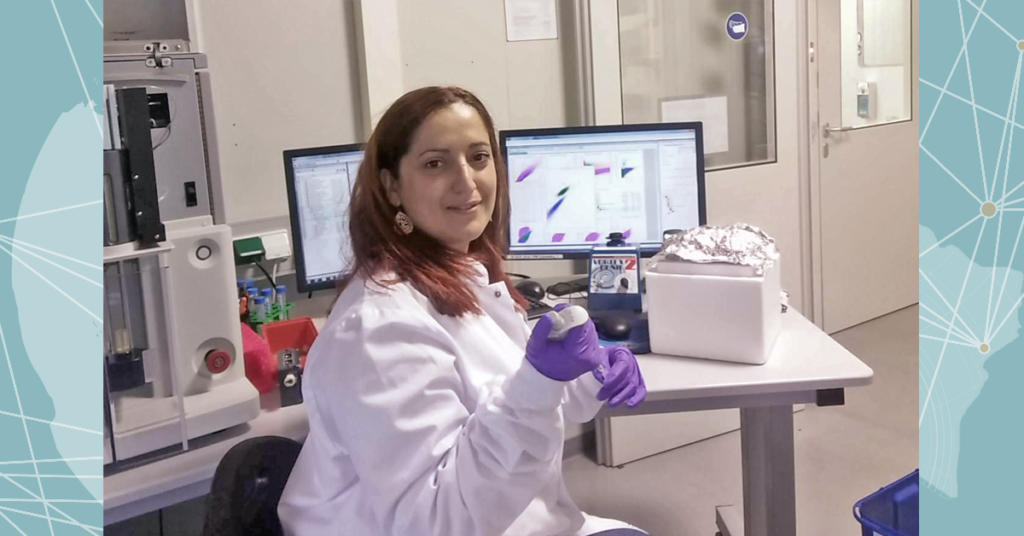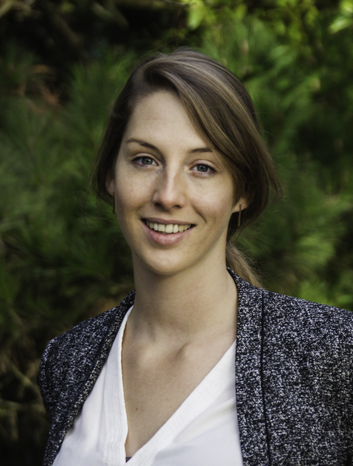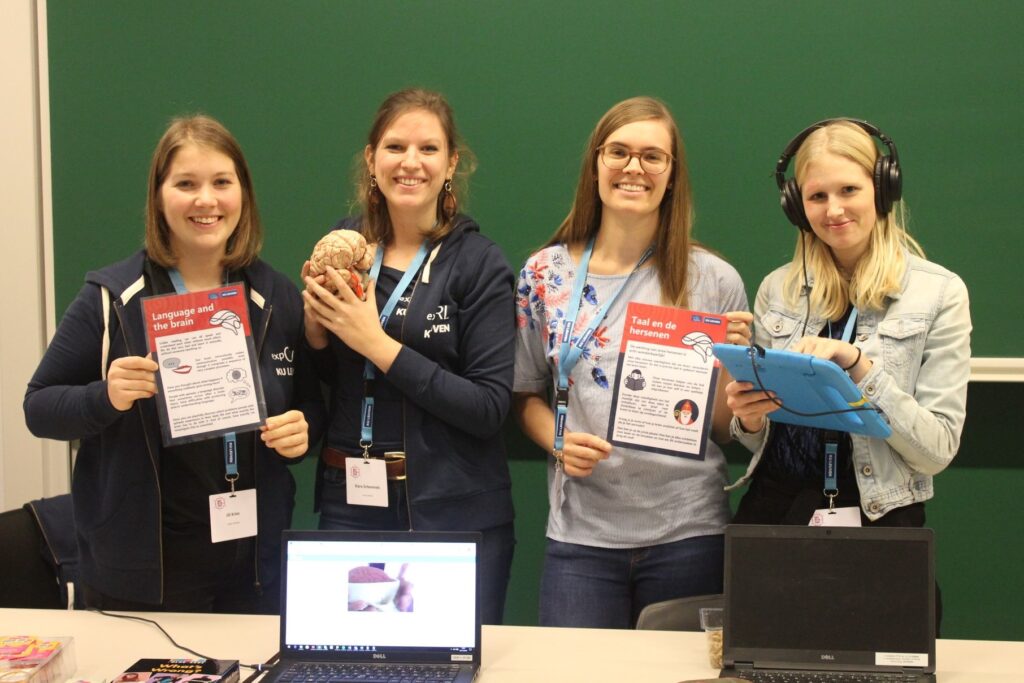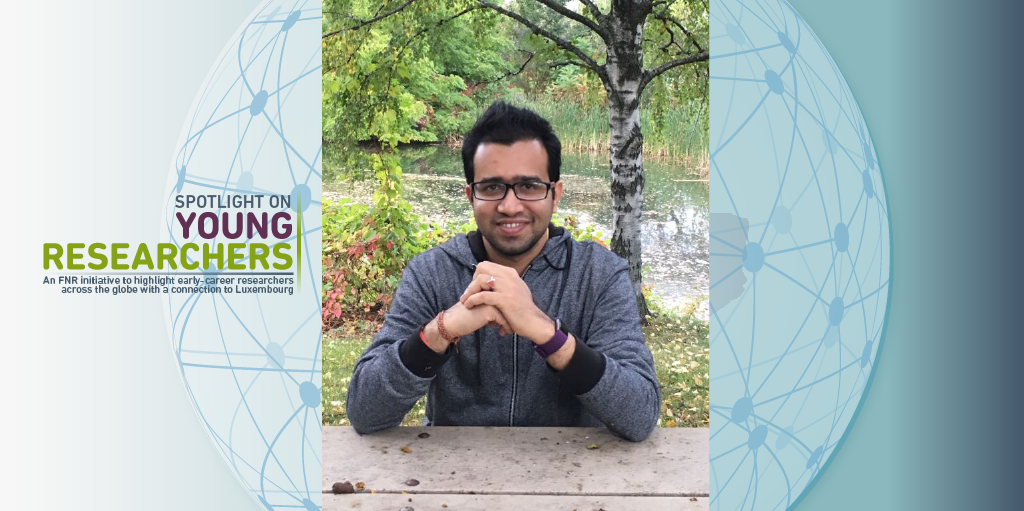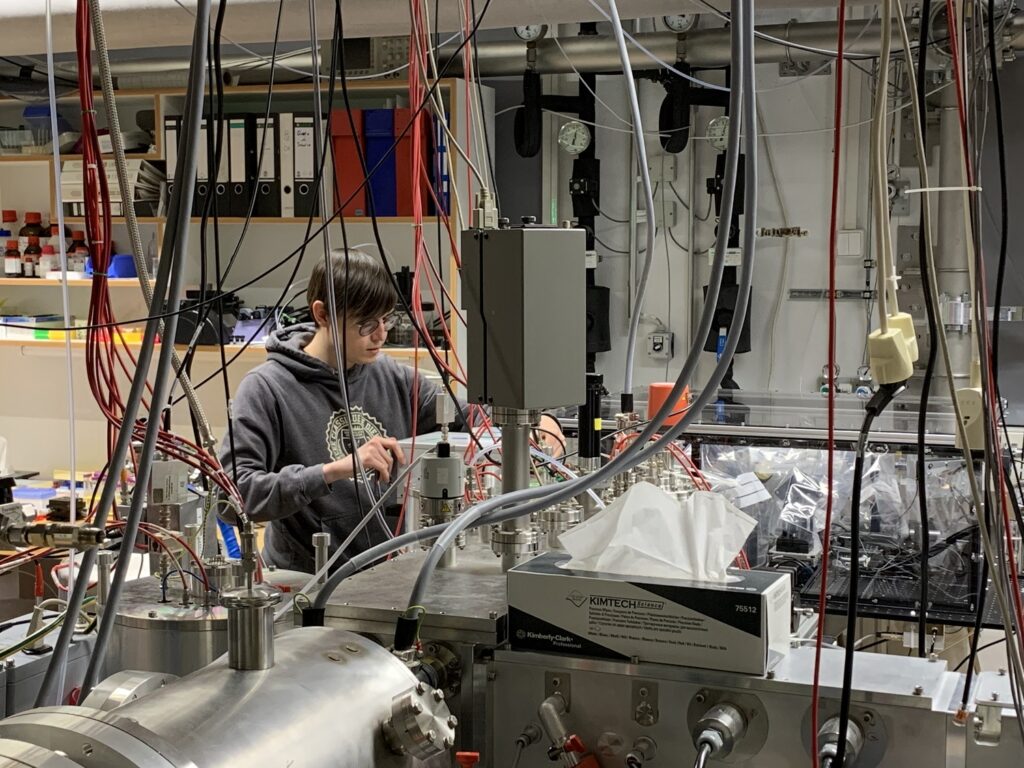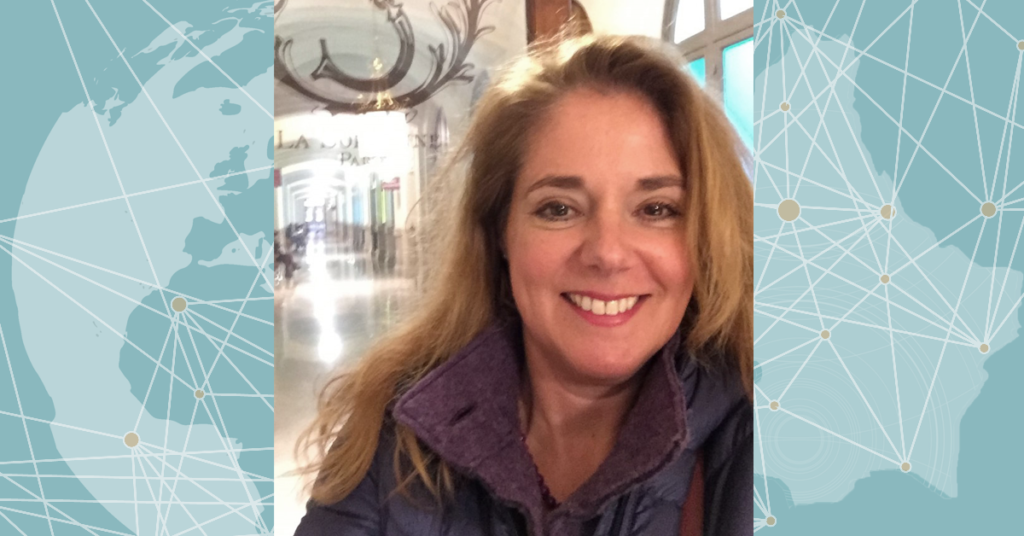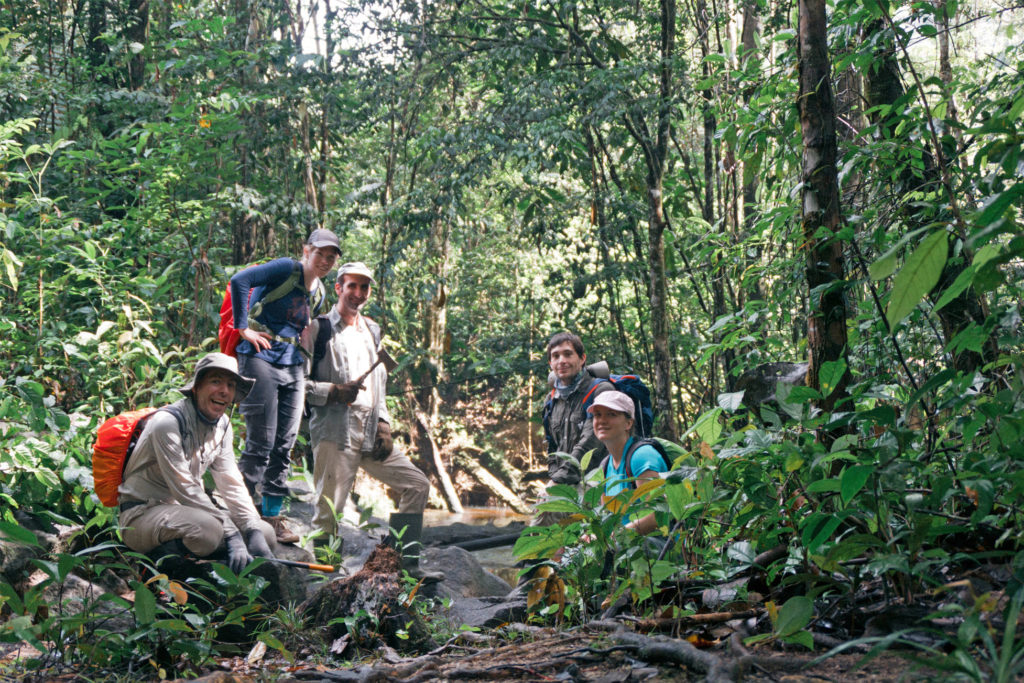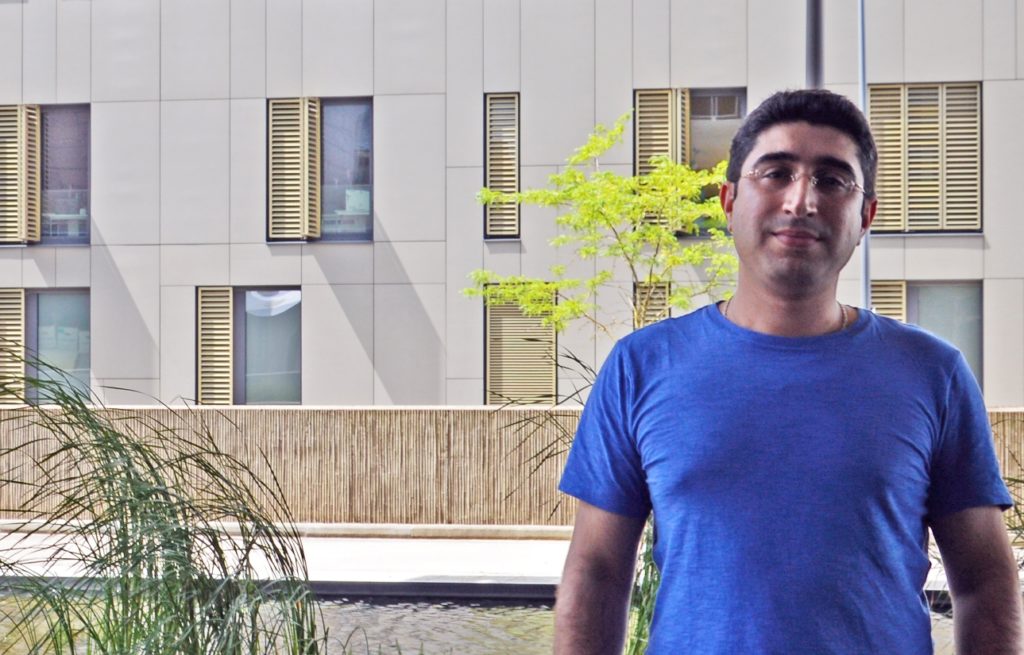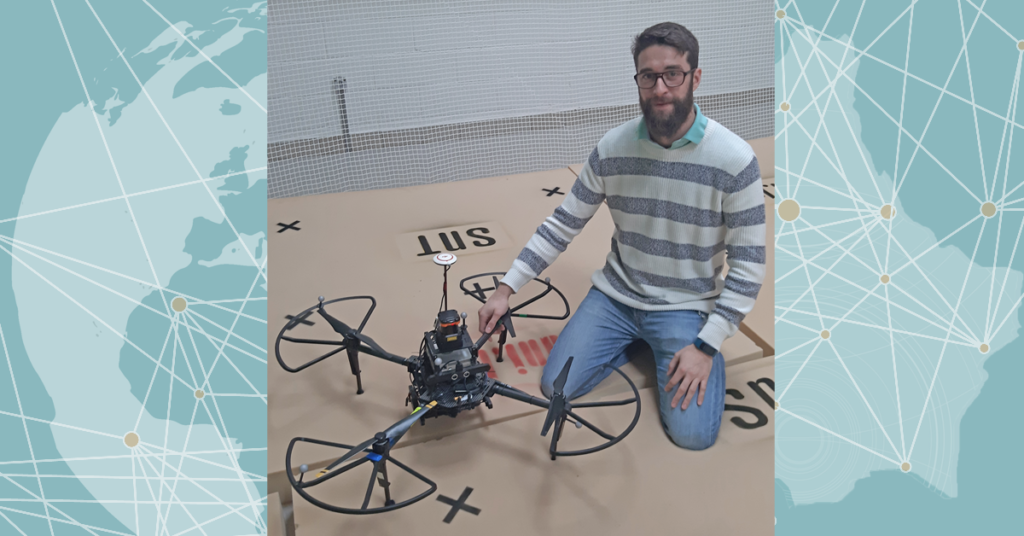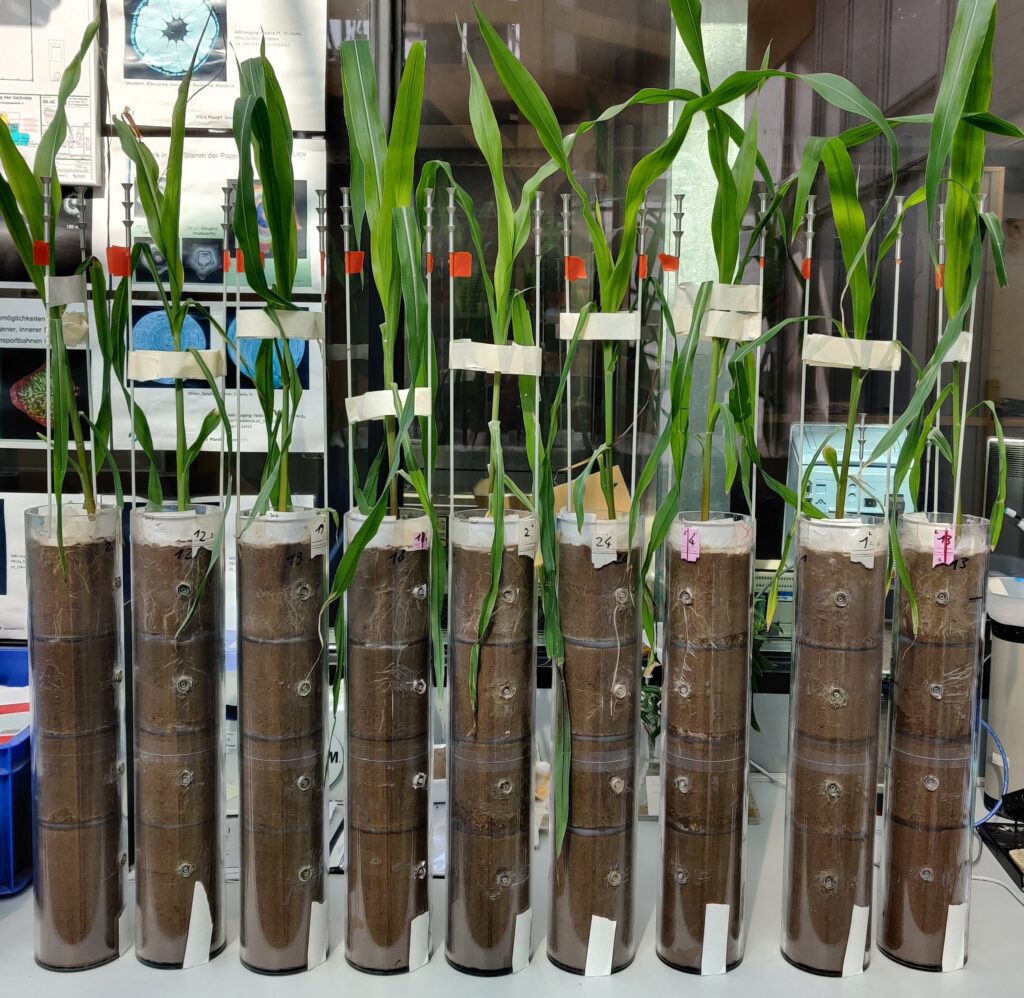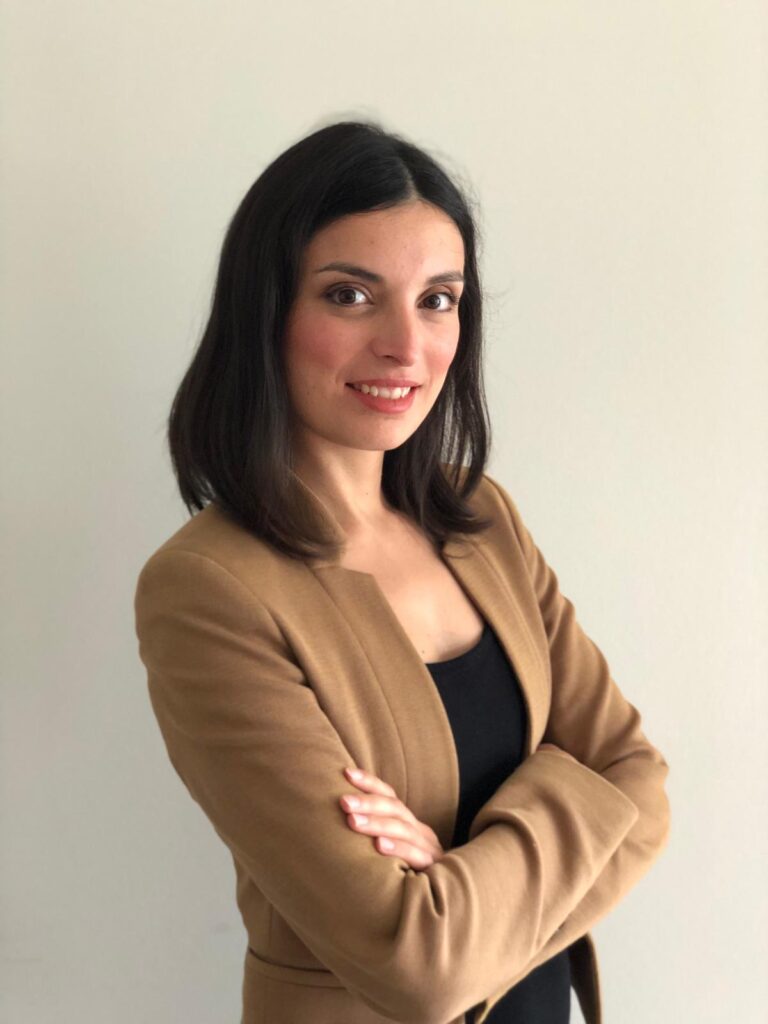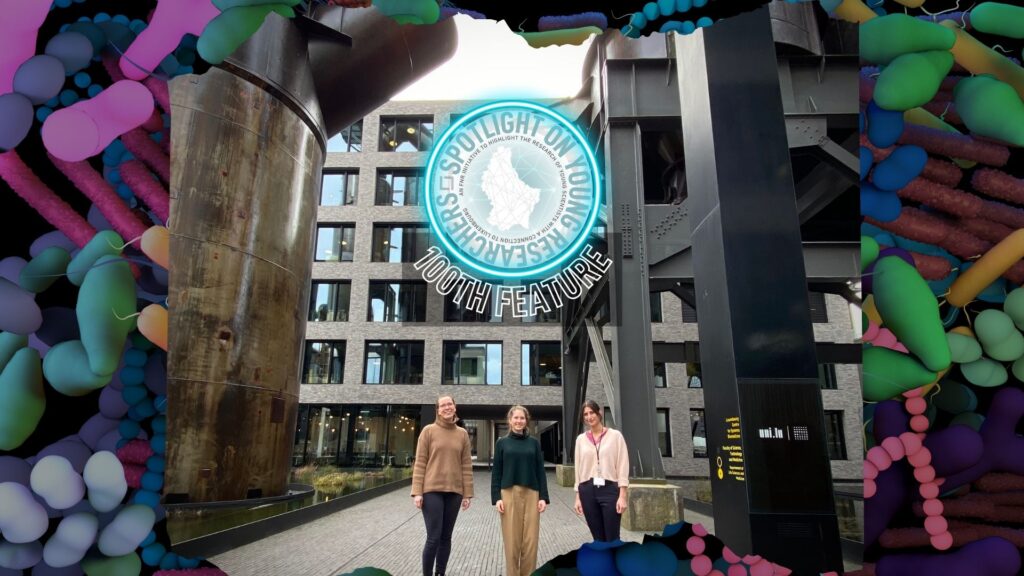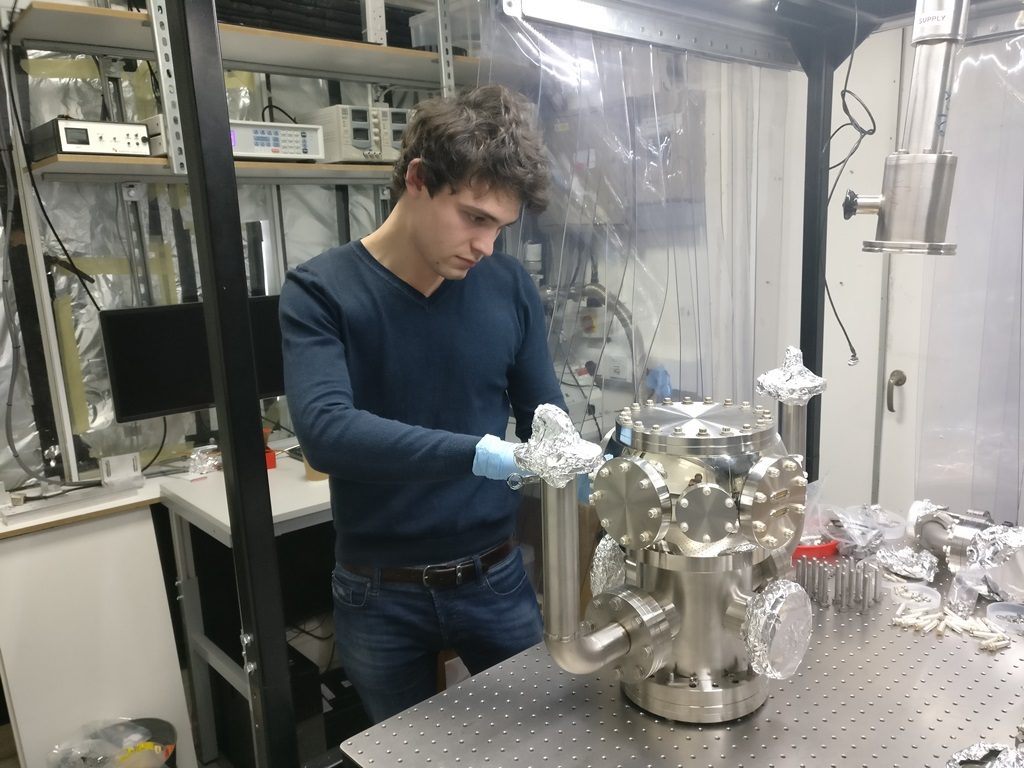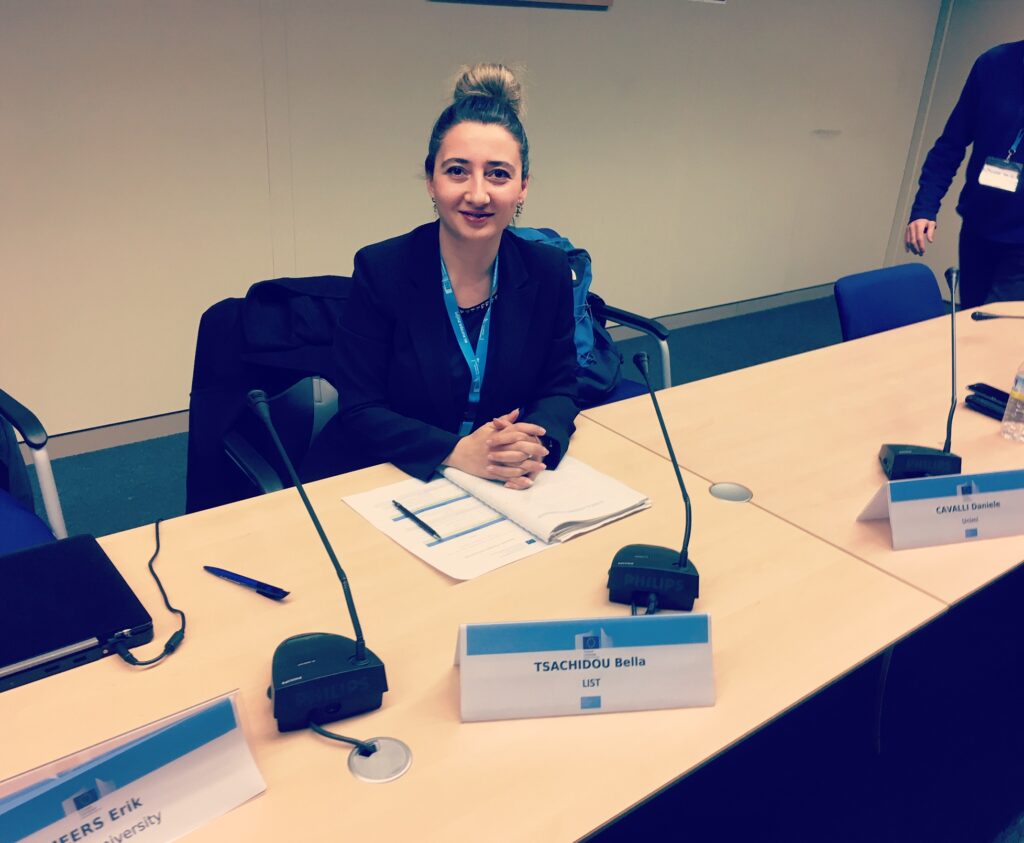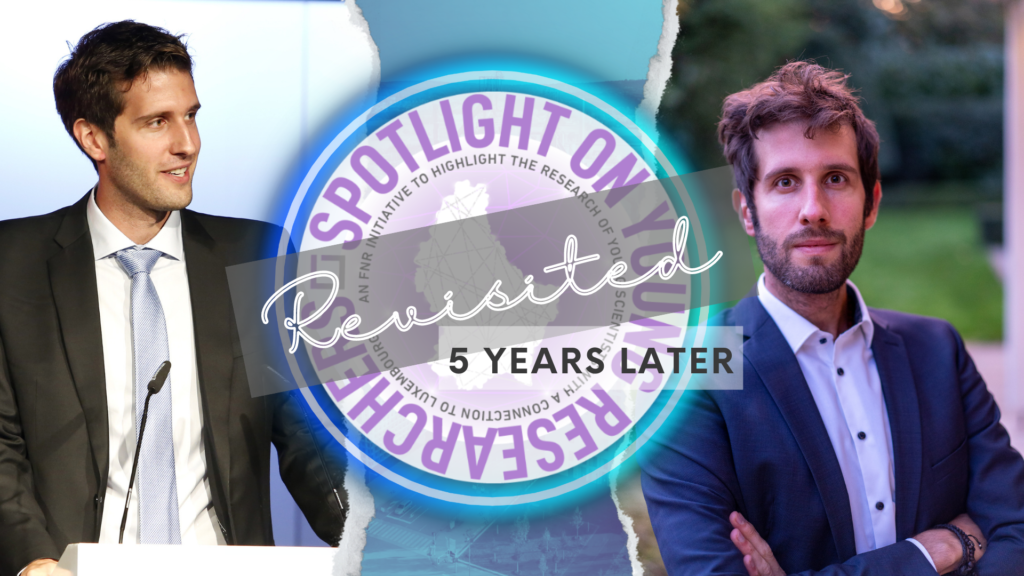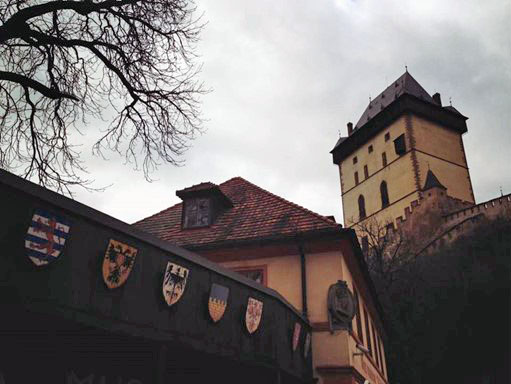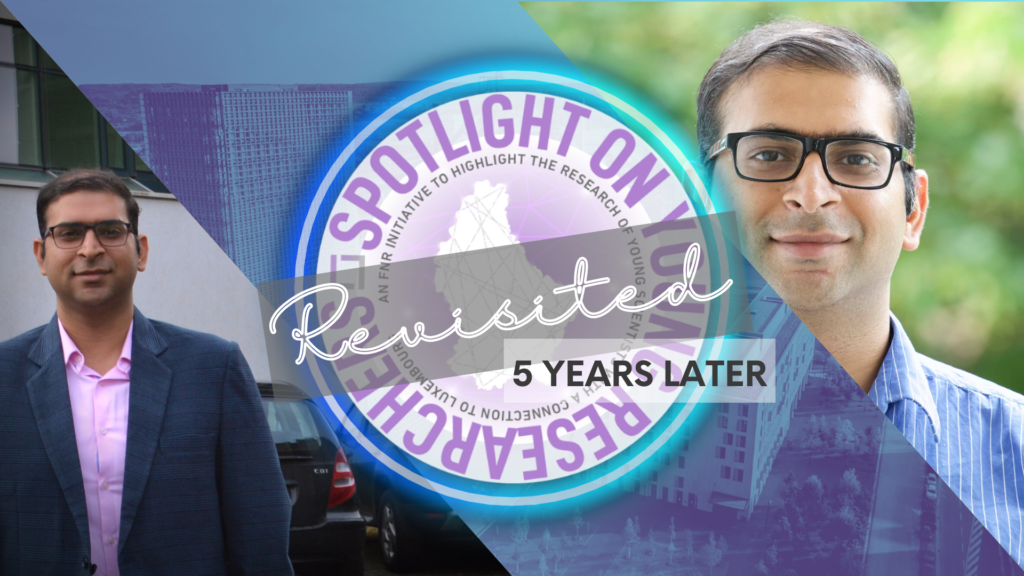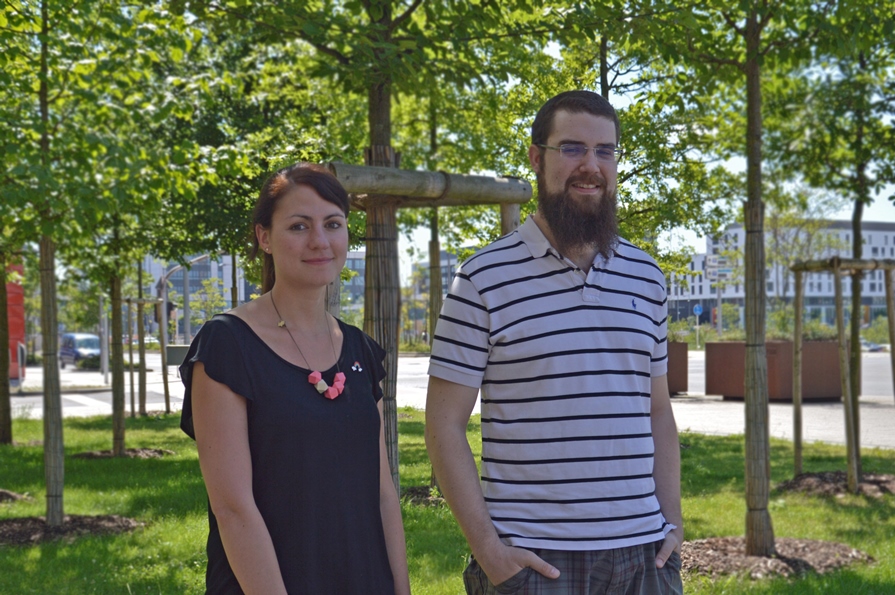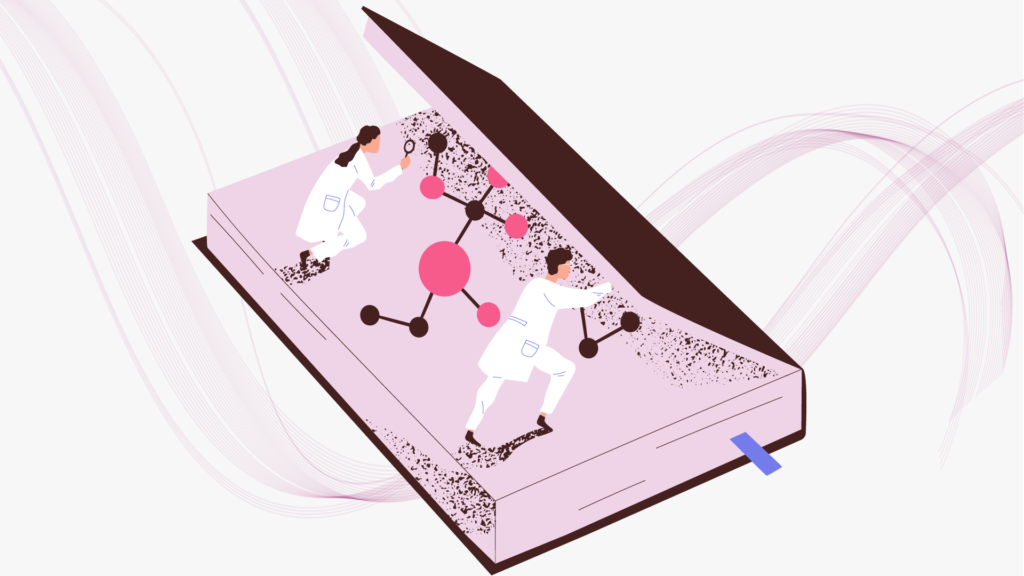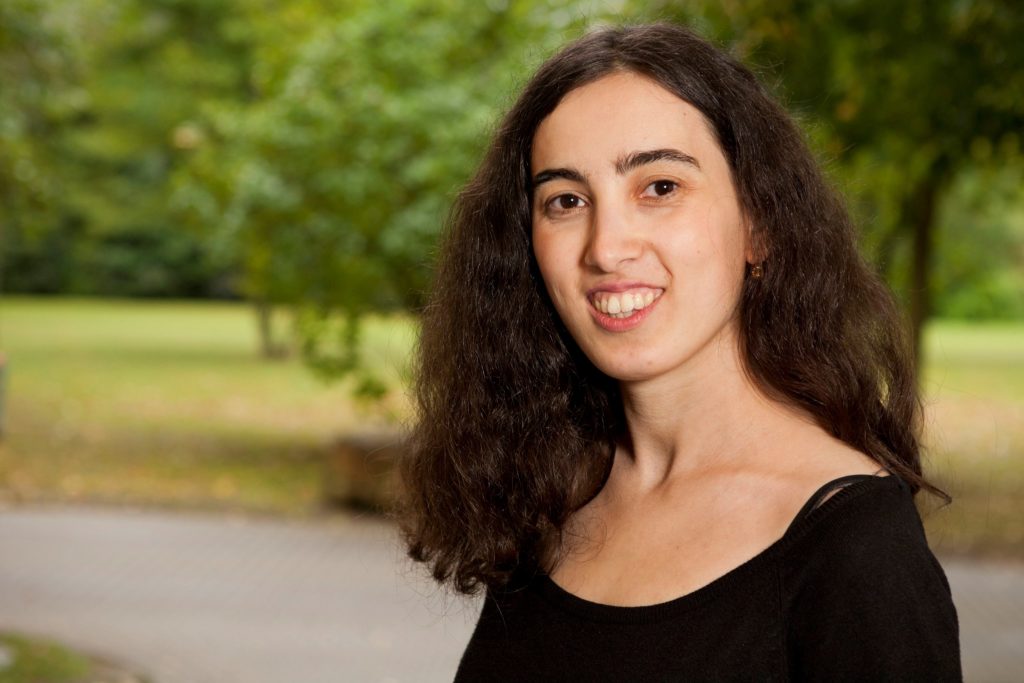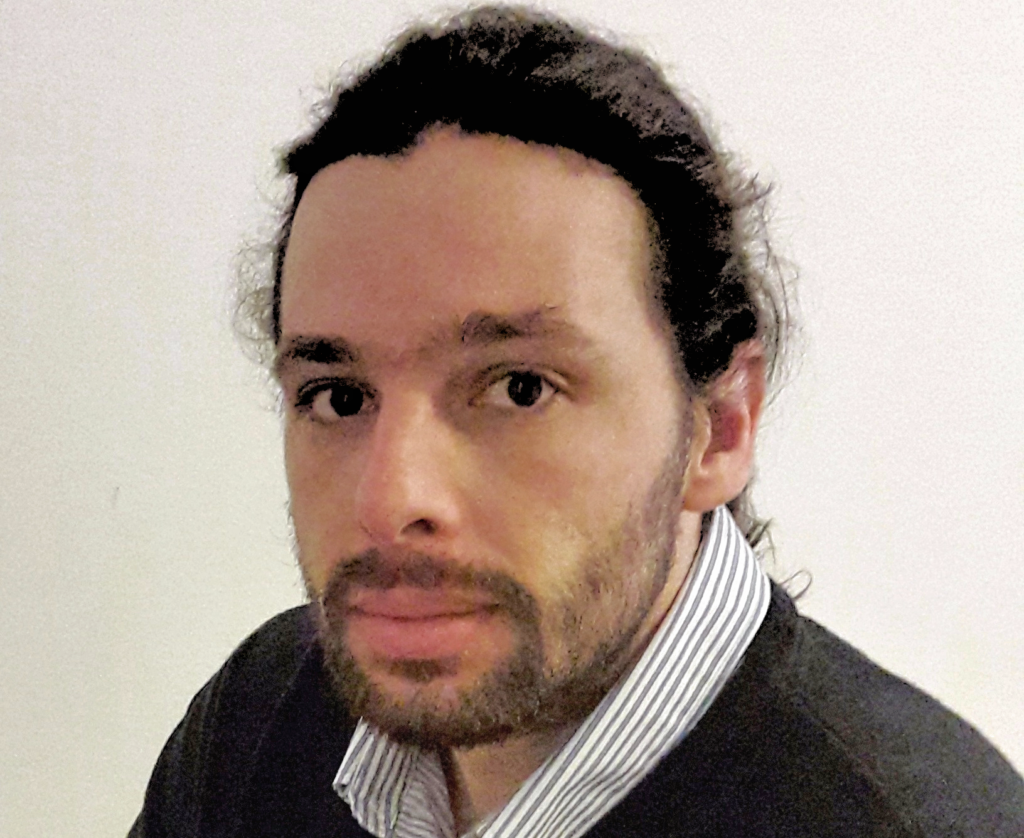
Ernesto Gargiulo has always had a curious and inquisitive disposition, which as a child saw him spending hours outdoors, in a quest to discover. At University, Ernesto’s attention turned to oncology. Set on applying and strengthening his knowledge, the Italian national embarked on a PhD at the Luxembourg Institute of Health (LIH), where he works on characterising exosomes, small extracellular vesicles, linked to cancer development, progression and chemo-resistance.
“It would be really difficult to picture myself somewhere else, outside of research. I have been a researcher since childhood one could say, always curious and craving knowledge”, Ernesto Gargiulo says.
Ernesto is in the second year of his PhD in the LIH’s Tumour Stroma Interactions (TSI) group – led by Drs Etienne Moussay and Jérôme Paggetti – which investigates the cancer microenvironment with the aim to develop new strategies to inhibit tumour growth. Ernesto’s project in the group feeds into the CANBIO Doctoral Training Unit, funded by the FNR’s PRIDE programme.
Ernesto’s PhD revolves around characterising exosomes – small extracellular vesicles (fluid-filled sacs), which are about 1000 times smaller than one human hair. Exosomes are involved in different aspects of cancer pathogenesis – Ernesto is specifically focusing on characterising the exosomes involved in the blood cancers Chronic Lymphocytic Leukaemia, Multiple Myeloma and Diffuse Large B Cells Lymphoma.
Cancer cells use exosomes to grow, communicate and spread
All of our cells produce and release exosomes into their microenvironment, in a bid to communicate with the neighbouring cells. These exosomes contain many molecules, such as proteins, small RNAs and metabolites, which give a message to the target cells. Ernesto elaborates:
“Depending on the cell of origin and the message that needs to be transmitted, the cocktail of molecules inside and on the membrane of the exosomes changes considerably.
“During tumour development, cancer cells produce high amounts of exosomes, and easy to guess, the transmitted message is anything but well-meaning. In fact, tumour-derived exosomes can re-educate the cells surrounding the tumour and beyond.”

This forced re-education towards a more favourable pro-tumour microenvironment can involve several healthy cells of the microenvironment.
“The tumour can use these vesicles to keep in check the immune system via the activation and expansion of a category of lymphocytes called ‘T regulatory cells’, which directly act on the regulation of T effector cells, which are responsible for protecting the body from viruses and other foreign antigens. Other immune cells can also be manipulated to suppress the immune system and make it easier for the cancer cells to multiply.”
It does not end there: Ernesto explains that by using the exosomes, cancer cells can also target fibroblasts (a cell in connective tissue which produces collagen and other fibres), which can help the tumour metastasise and spread later on, even to distant tissues. Finally, cancer cells can also exploit the exosomes as a communication tool, in this way transferring features such as increased aggressiveness, the potential for metastasis – even resistance to chemotherapy to other cancer cells.
Finding key players in tumour microenvironment
Cancer cell survival and proliferation is highly dependent on interactions with the microenvironment:
“One of the major changes in the fight against cancer is to focus our attention on the surrounding tissues, rather than directly targeting the cancer cells. We should give back to the healthy cells the power to eradicate the disease on their own. A lot of research effort concentrates on reactivating and boosting the repressed immune system in cancer patients,” Ernesto explains, stressing that in order to find ways to stop cancer cells multiplying, we first have to understand how cancer cells communicate with the surrounding tissues.
“My aim is to find key players in the tumour microenvironment that can slow down tumour growth. I would like to establish new strategies to reduce the release of tumour-derived exosomes or to load “homemade” exosomes, designated to selectively bind cancer cells, with drugs, for more precise and fine treatment.”

These small vesicles have also the potential to be used for diagnostic, as Ernesto explains:
“Exosomes also carry unique fingerprints of the cells that generate them, making them a perfect biomarker to identify cancer at an early stage during common check-ups.”
Research stays in Italy, Denmark and Norway
Considering Ernesto is still early in his career, he has already made an effort to acquire different strategies to approach his research by visiting several European labs:
“During my time in Italy, I worked in close contact with clinicians to study mutations in highly aggressive and chemo-refractory Chronic Lymphocytic Leukaemia. I became increasingly interested in cancer microenvironment when I moved to Denmark, where I investigated the impact of tumour-promoting miRNAs and tumour-suppressor miRNAs in Acute Myeloid Leukaemia development.”
“I continued in Norway, where I focused more on cancer metabolism and how it could affect the overall balance of metabolites in the tumour microenvironment. Finally, I consider my PhD in Luxembourg as a further international experience, which I am sure, will have a big impact on my future as a scientist.”
“My PhD programme is strong and gives me the possibility to work with state-of-the-art techniques”
Having different offers on the table, Ernesto specifically chose Luxembourg for his PhD, partly because of its geographical position in the heart of Europe, but also because of the attractiveness of the research system:
“The competitive research, ambitious projects and a concrete desire of connection between basic and clinical research appealed to me, and as PhD student, Luxembourg is giving me a lot.
“My PhD programme is strong and gives me the possibility to work with state-of-the-art techniques and to collaborate on projects with other research centres, in Luxembourg and abroad. We PhD students are well supervised and at the same time allowed to develop autonomy, experimenting on the bench and always keeping ourselves updated with workshops and conferences abroad. Overall, I believe that doing a PhD in Luxembourg really prepares you to give a concrete contribution to the scientific community.”

“The PhD for me is not the finishing line; it’s only the beginning of my research career”
While doing a PhD is by no means a general decision to dedicate a career to research, Ernesto is clear that he will go further:
“The PhD for me is not the finishing line; it’s only the beginning of my research career.”
Ernesto finishes saying:
“When I think about myself as a scientist, I have two clear, but ambivalent, pictures in my mind:
“One, of the scientist in a white sterile lab coat with the aim to understand and fight cancer. The other one, of the scientist in khaki shorts at the edge of the world trying to discover new species of creatures.
“…The latter, I will do it in another life.”
About Spotlight on Young Researchers
Spotlight on Young Researchers is an FNR initiative to highlight early career researchers across the world who have a connection to Luxembourg. The campaign is now in its 4th year, with 45+ researchers already featured. Discover more young researcher stories below.
More in the series SPOTLIGHT ON YOUNG RESEARCHERS
- All
- Cancer research
- Environmental & Earth Sciences
- Humanities & Social Sciences
- Information & Communication Technologies
- Law, Economics & Finance
- Life Sciences, Biology & Medicine
- Materials, Physics & Engineering
- Mathematics
- Research meets industry
- Spotlight on Young Researchers
- Sustainable resource mgmt
- Women in science




